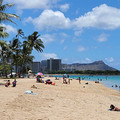的点评
A Peaceful Retreat
缩景园的点评
点评:Approximately ¾ mile from epicenter of the atomic bomb, you will find the Shukkeien Gardens dating back to the 1600s as a welcome respite in Hiroshima. The garden was heavily damaged during the atomic bombing with only a large ginkgo tree surviving the total devastation. Beginning in 1951, the gardens were rebuilt according to the original plans and reopened in 1958. In the garden there is a stone remembering those who sought refuge from the bomb’s devastation. The remains of 64 people were found and were laid to rest in the nearby Peace Park. There is a path that connects all the various areas that goes around the pond at the center of the garden. Visitors can purchase a bag of food to feed the large koi carp found in the pond. Other features include teahouses, a small shrine, and a viewing mound at the highest point of the garden. The mound is manmade to resemble Mt. Fuji. There is a stone arch bridge that spans the center of the pond and withstood the atomic bomb blast. A sign describing the only standing Ginkgo Tree after the blast is in the gardens. It was blown over at an angle but survived. Its seeds have been used as a peace offering. Recommend from the hustle and bustle of the city.
翻译:距原子弹中心约 ¾ 英里,您会发现建于 17 世纪的缩景园,是广岛一处令人愉悦的休憩之地。原子弹爆炸期间,花园遭到严重破坏,只有一棵大银杏树幸存下来。从 1951 年开始,花园按照原计划重建,并于 1958 年重新开放。花园里有一块石头,纪念那些躲避原子弹破坏的人。64 具遗骸被发现并安葬在附近的和平公园。有一条小路连接着花园中心池塘周围的各个区域。游客可以购买一袋食物来喂养池塘里的大锦鲤。其他特色包括茶馆、小神社和花园最高点的观景土丘。土丘是人造的,类似于富士山。池塘中央有一座石拱桥,经受住了原子弹爆炸的考验。花园里有一块牌子,上面写着爆炸后唯一一棵屹立不倒的银杏树。它被吹倒了,但幸存了下来。它的种子被用作和平祭品。推荐给那些在城市喧嚣中的人。
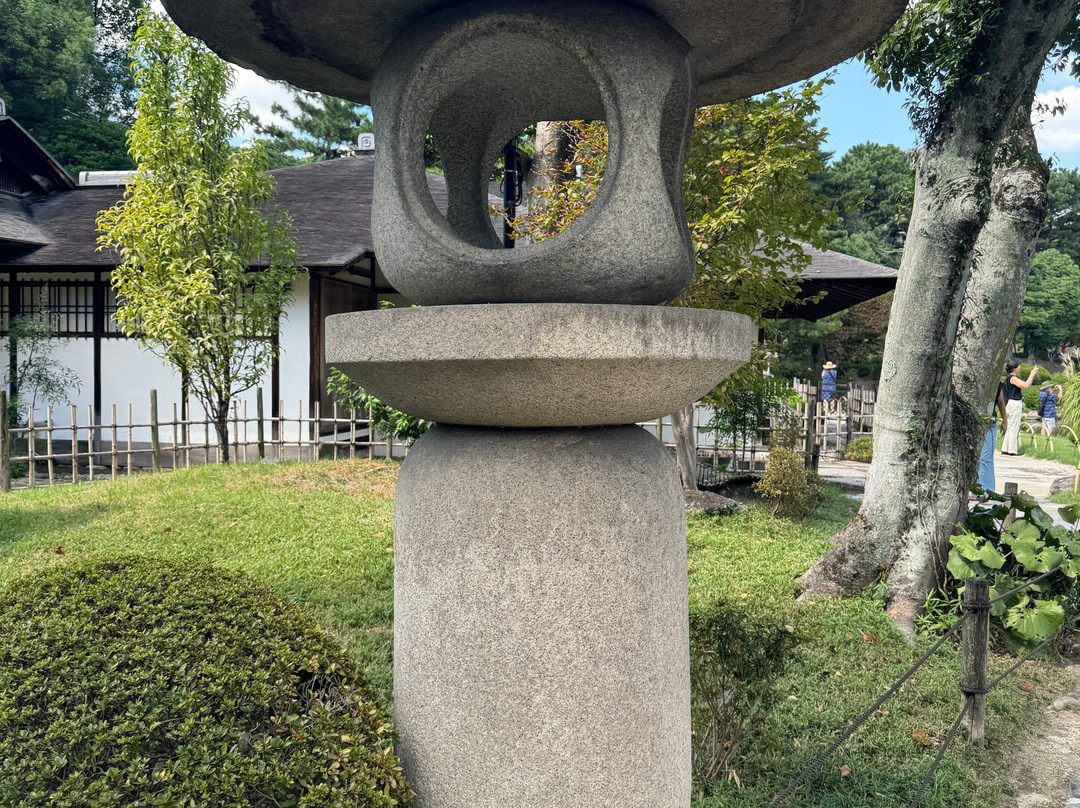
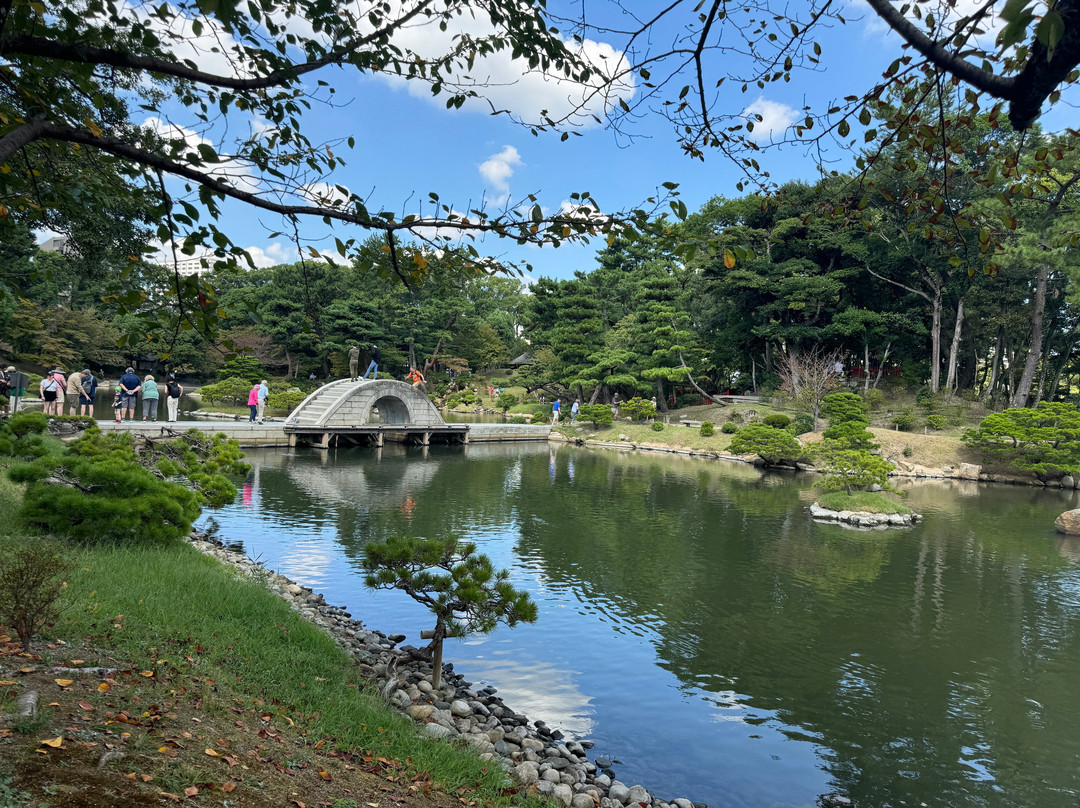
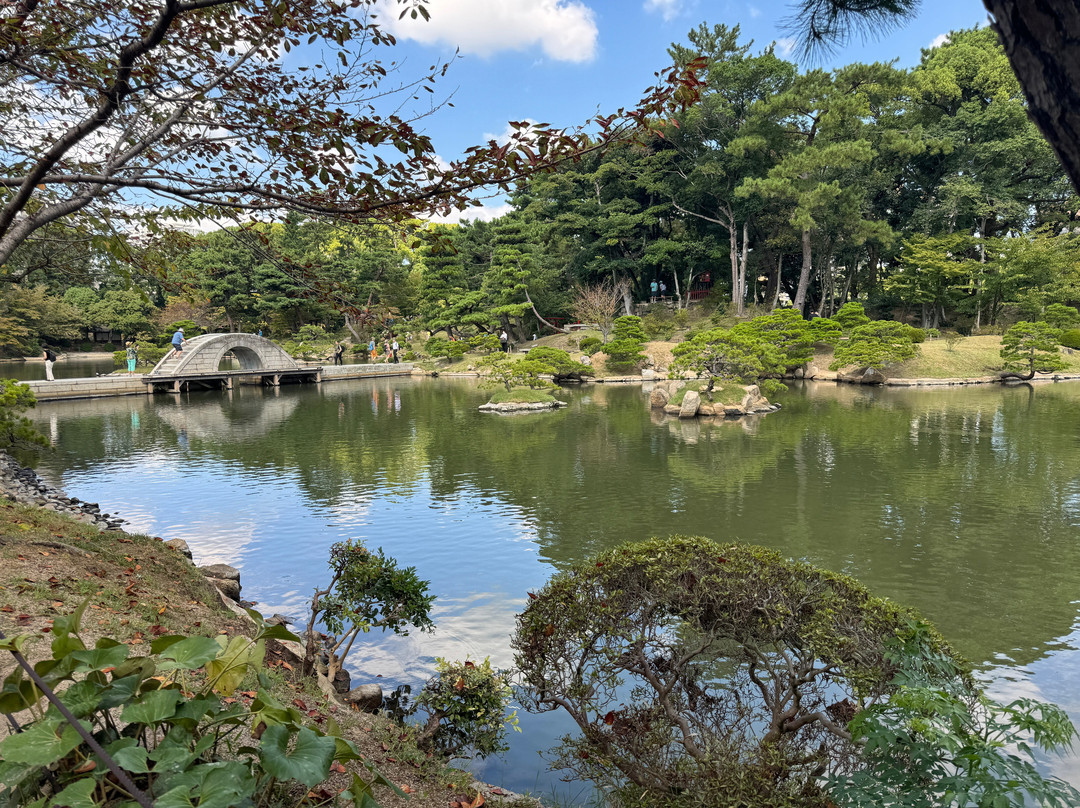

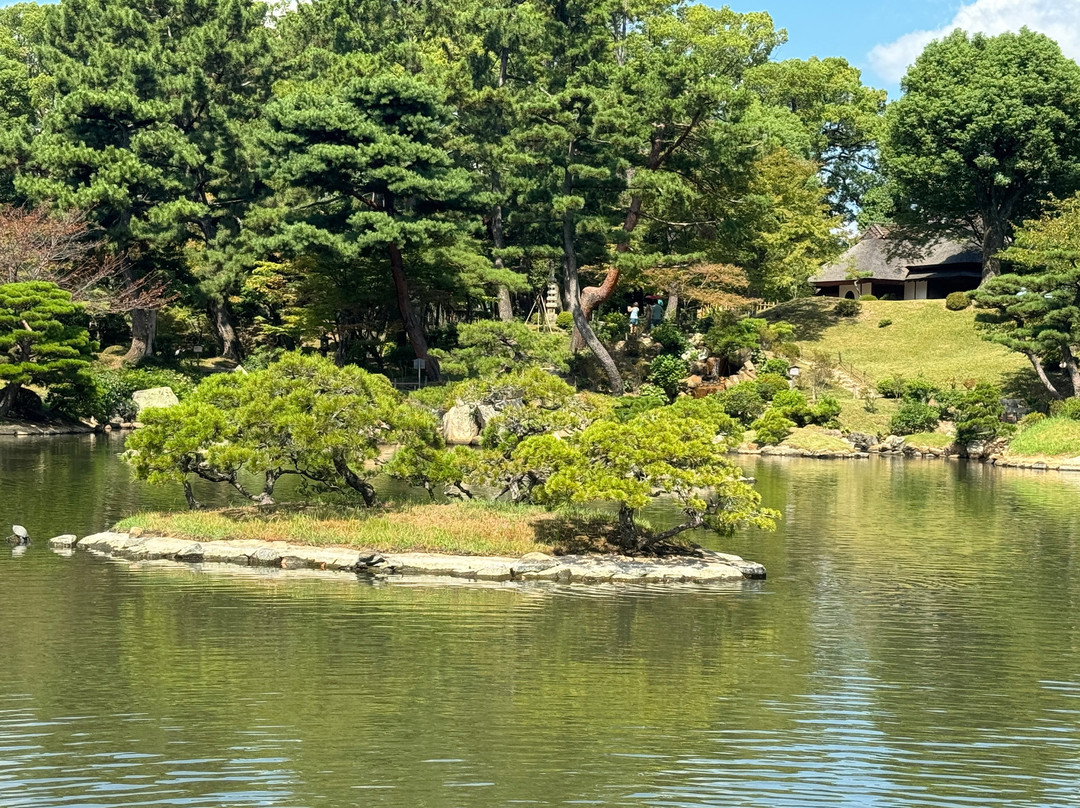
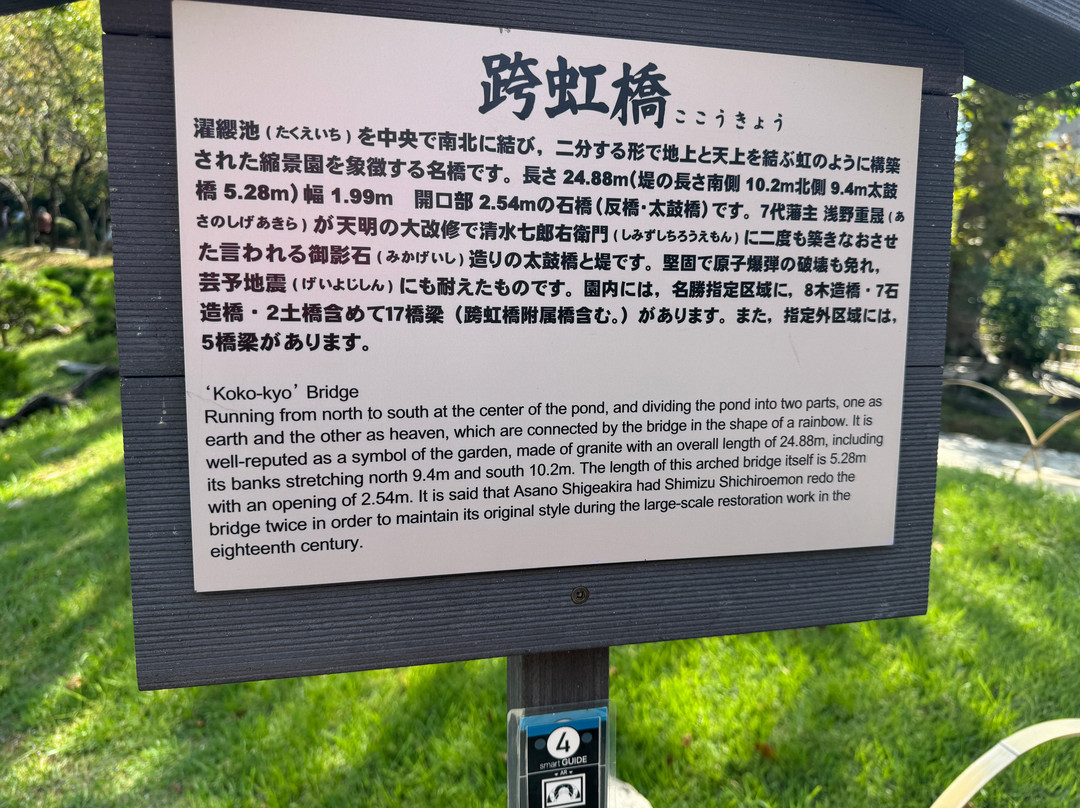

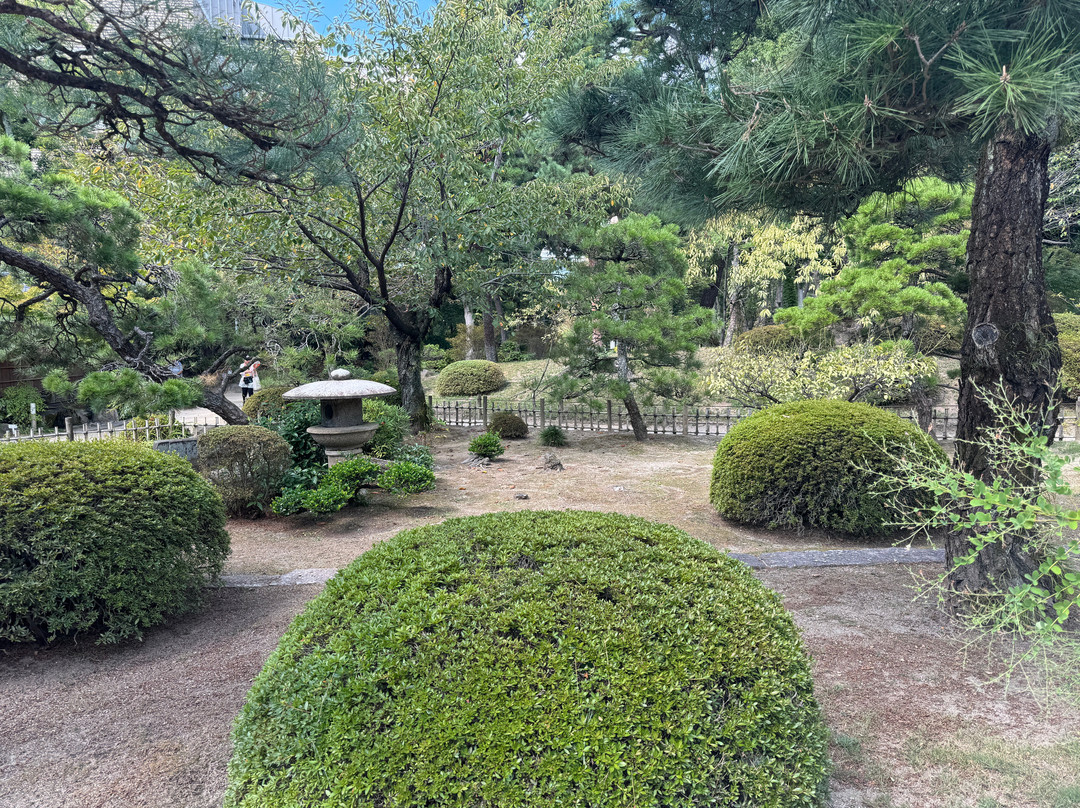
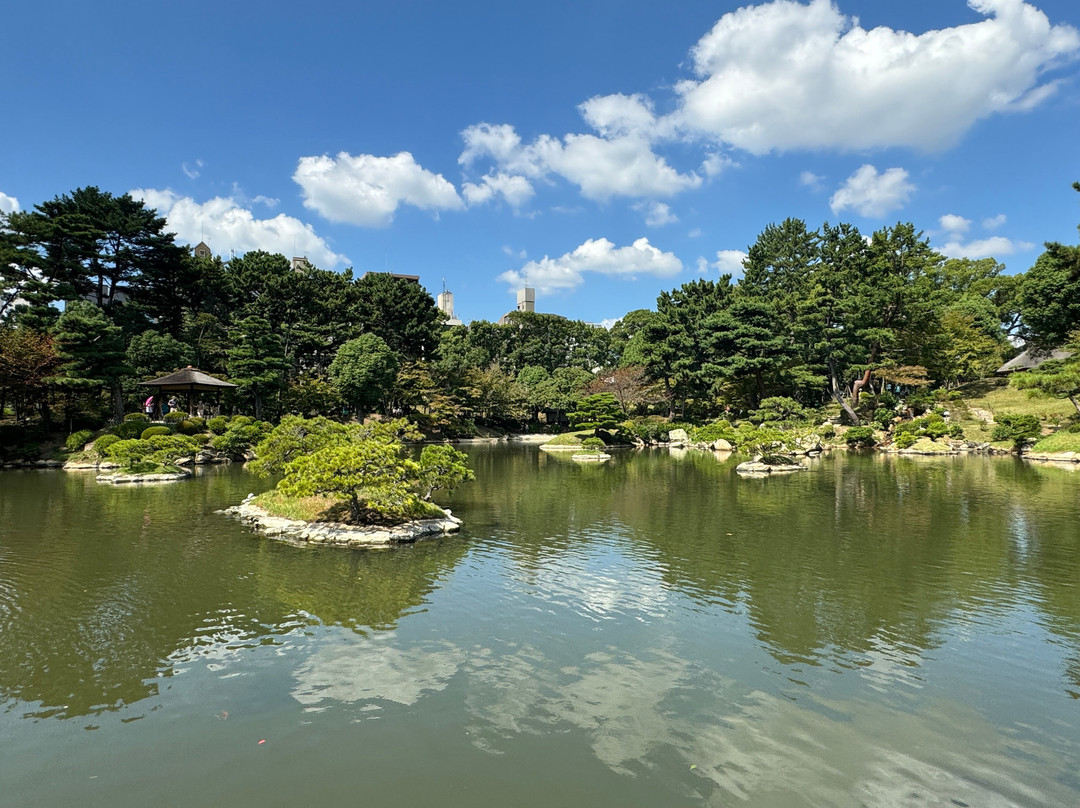
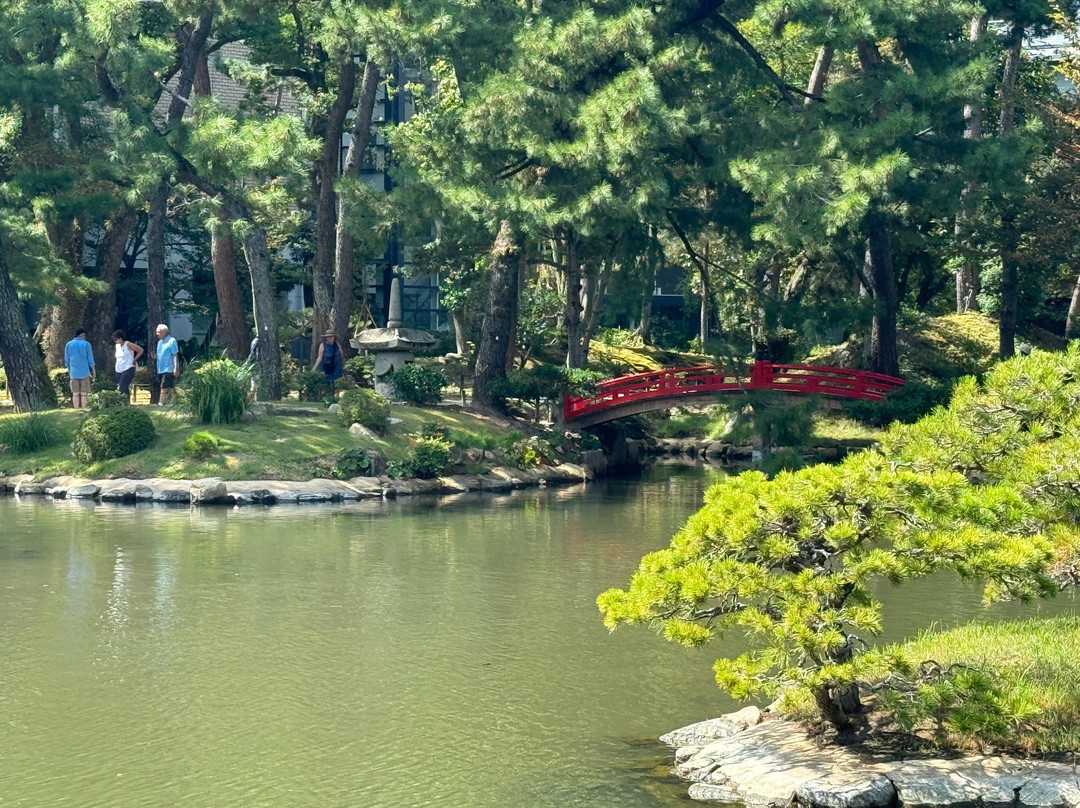
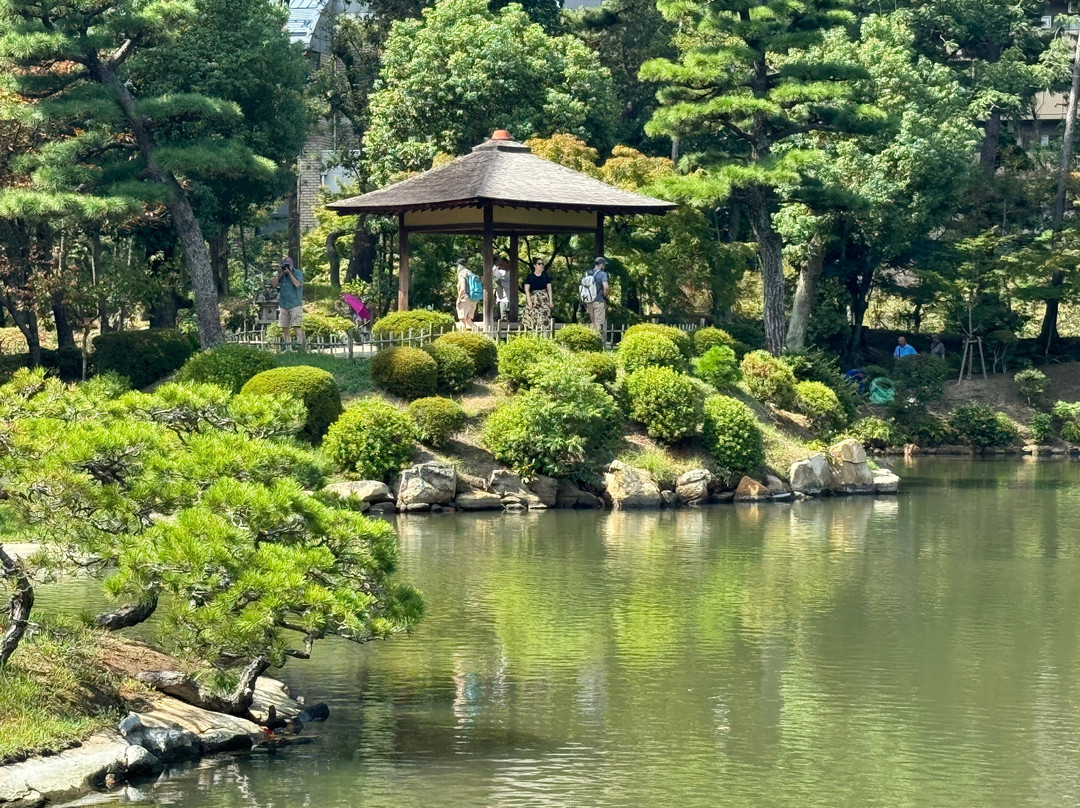
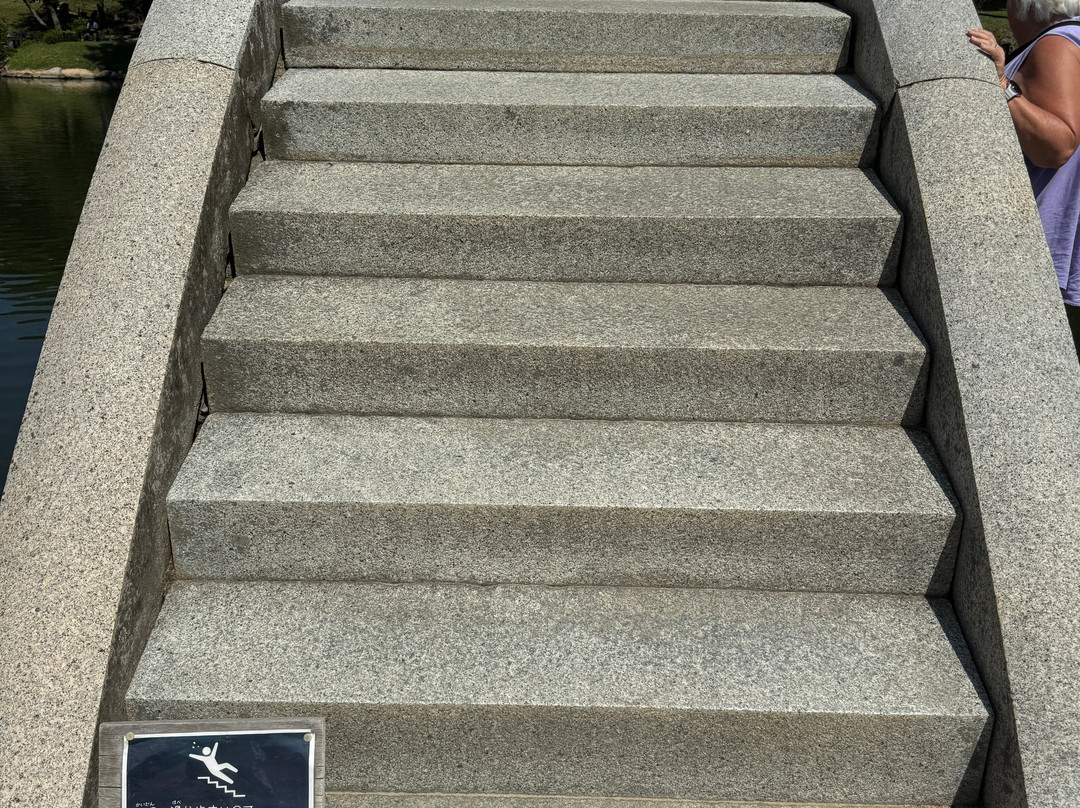
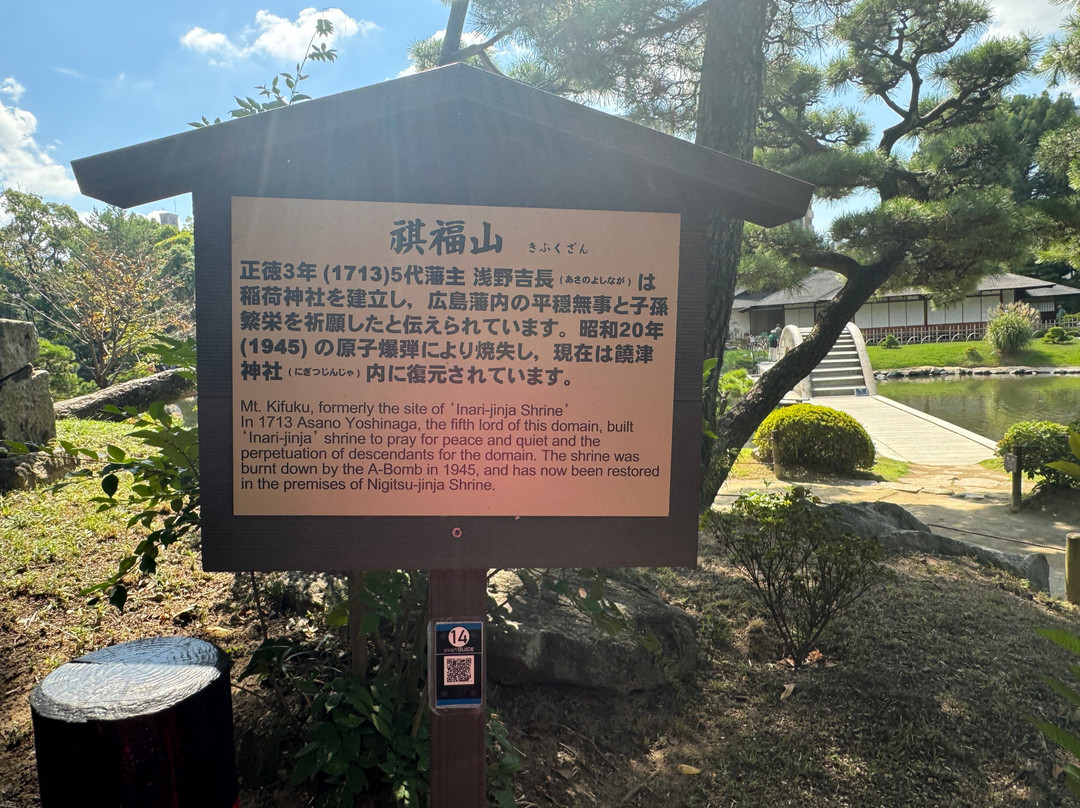
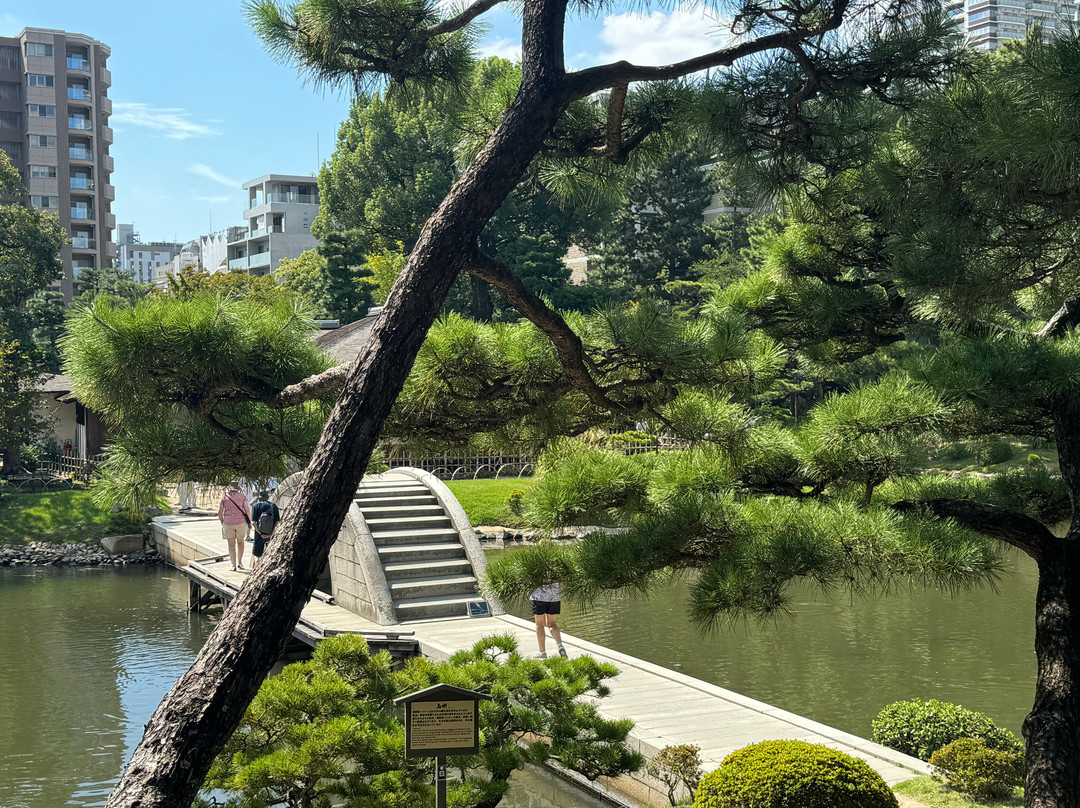
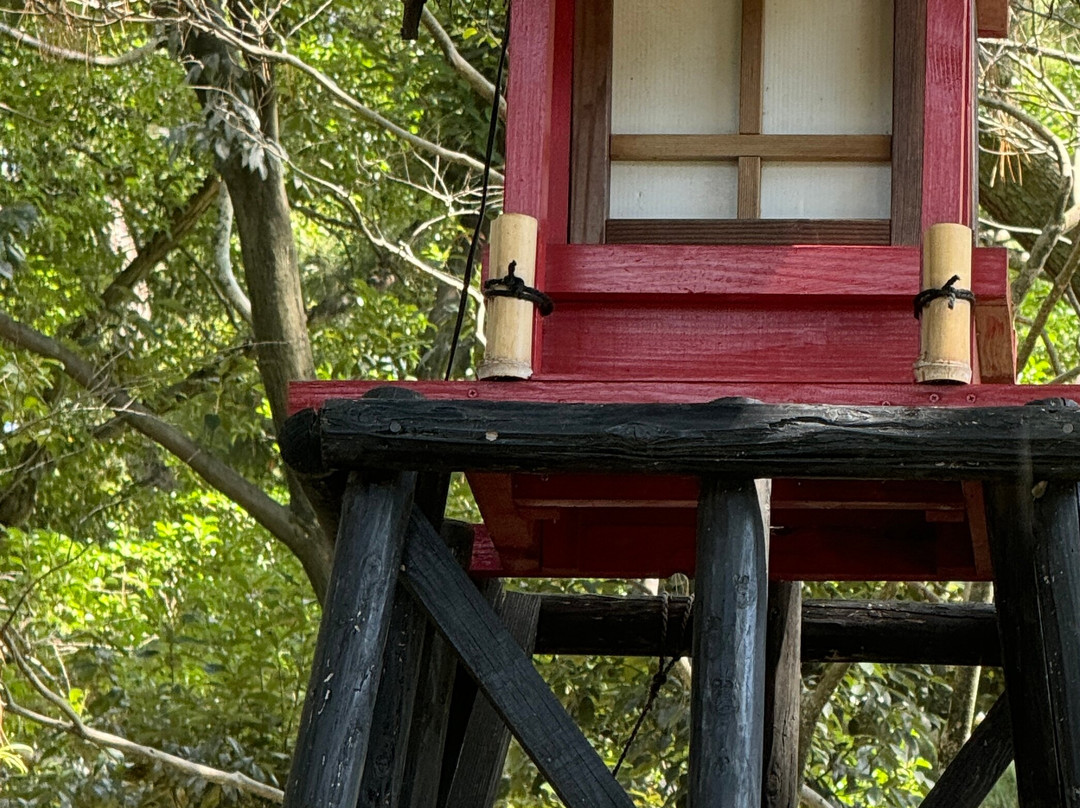
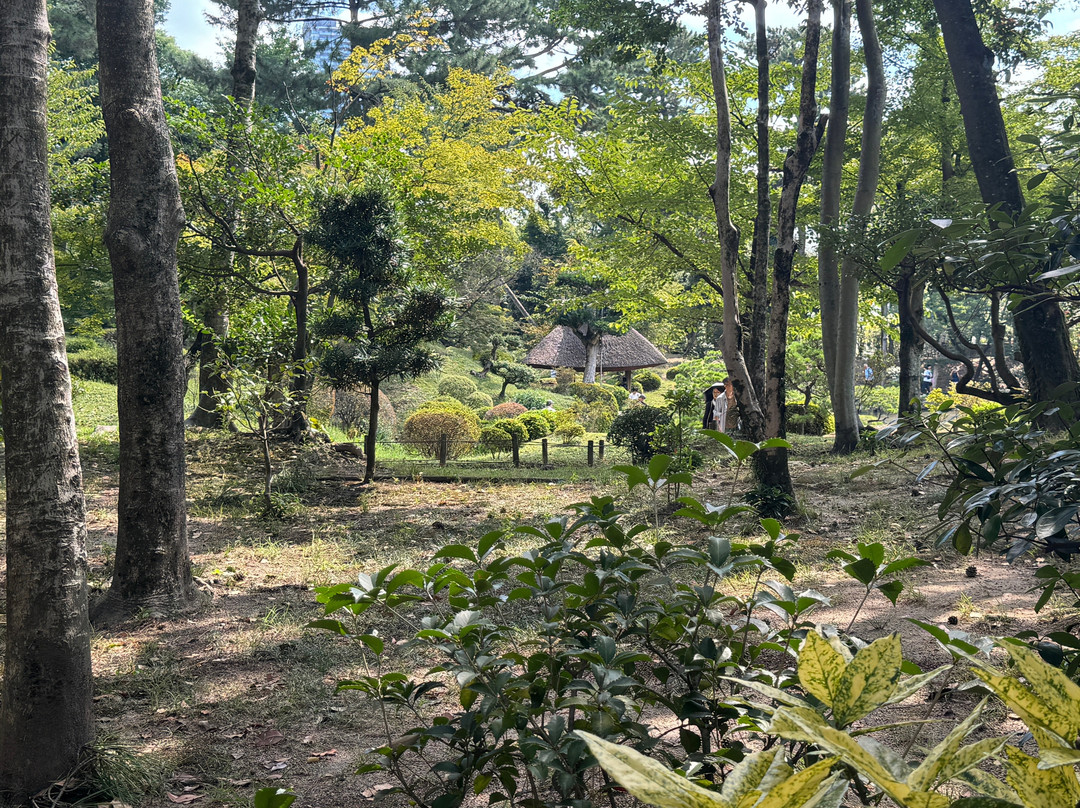
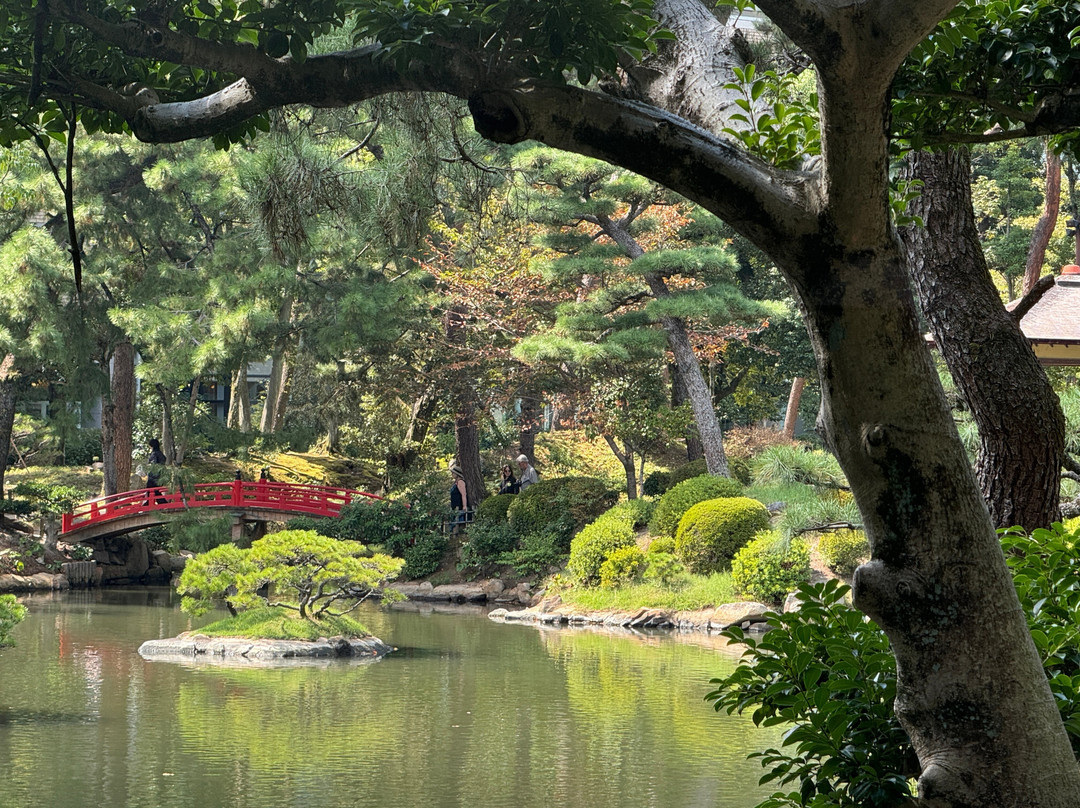
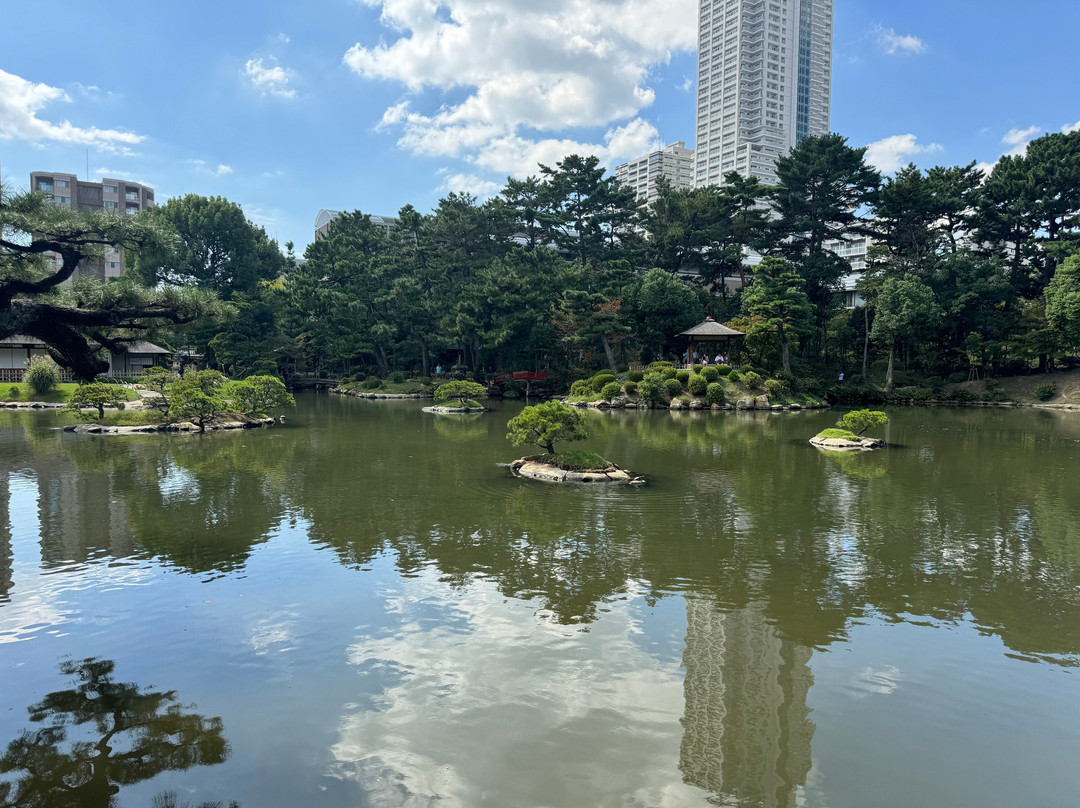
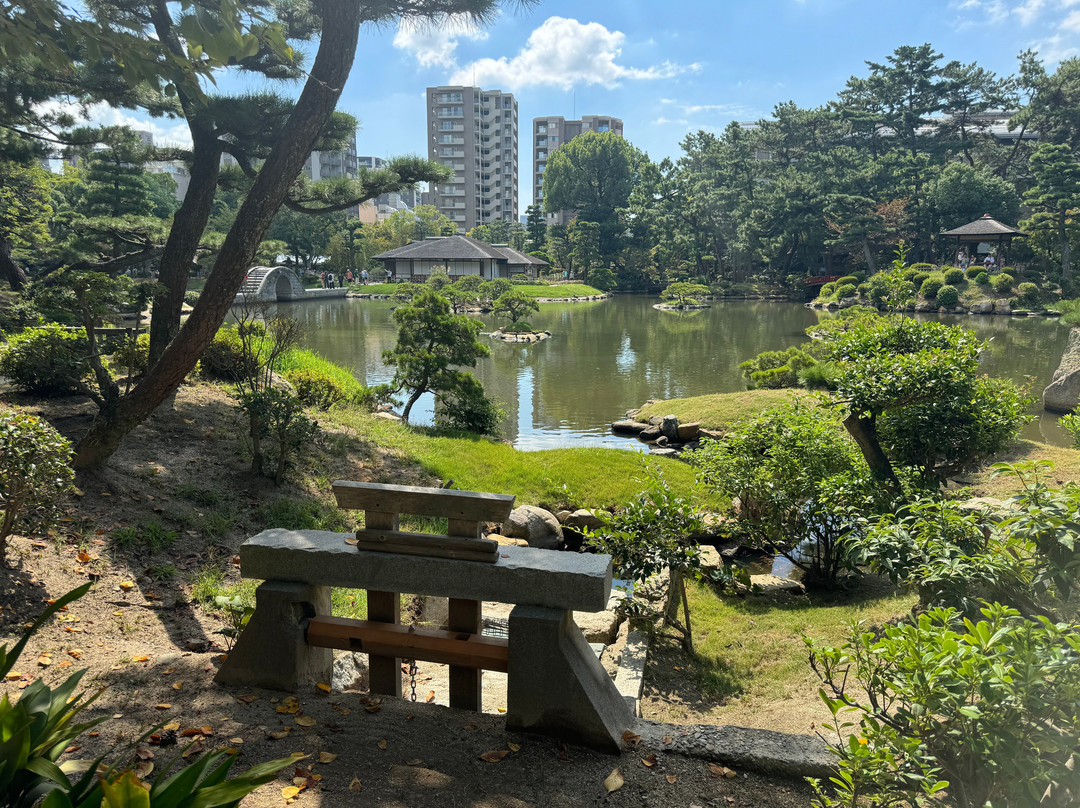

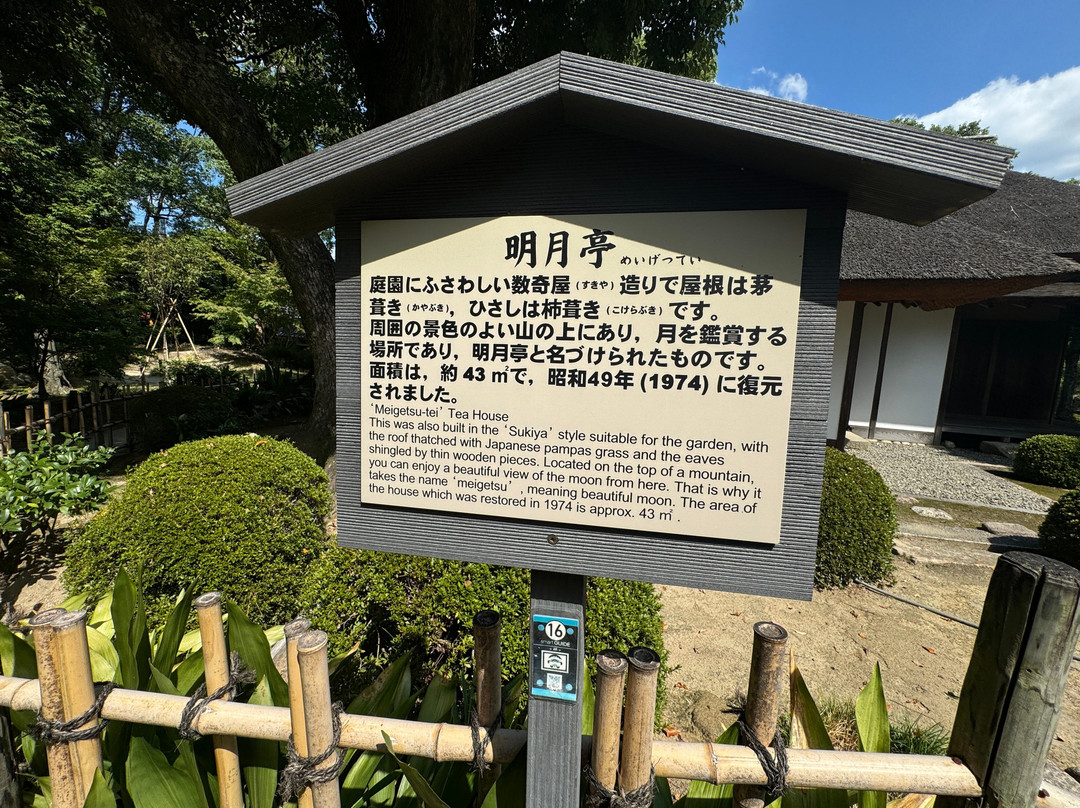
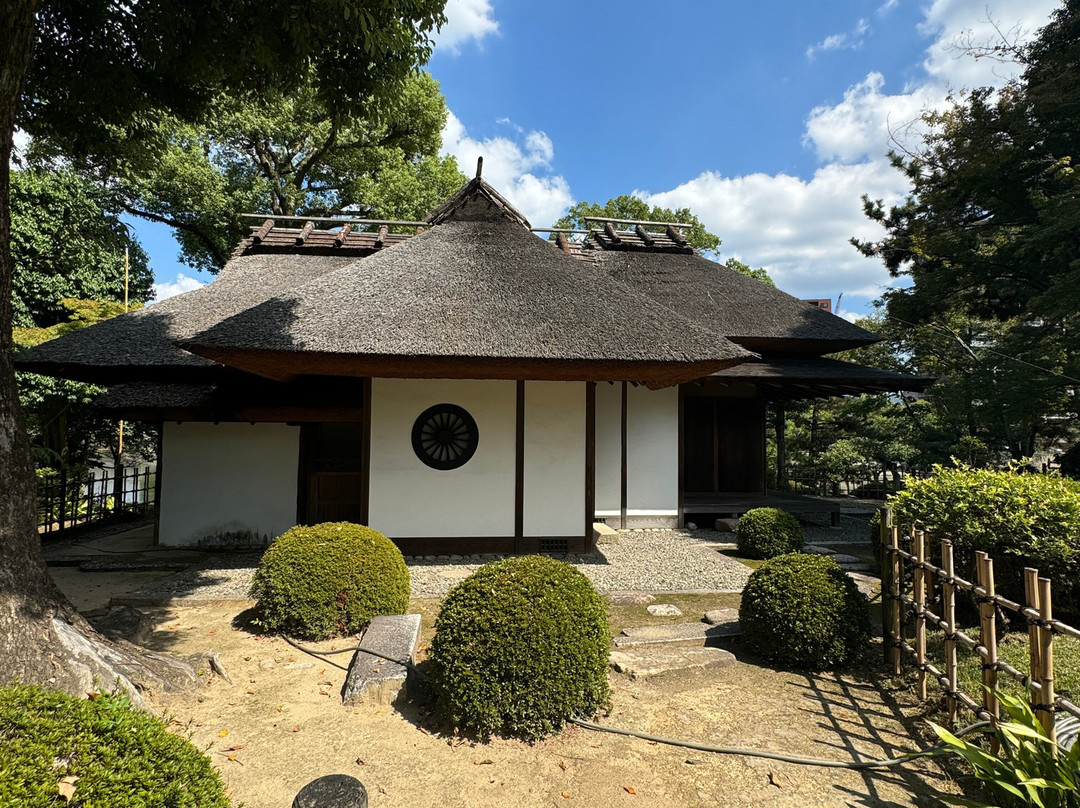
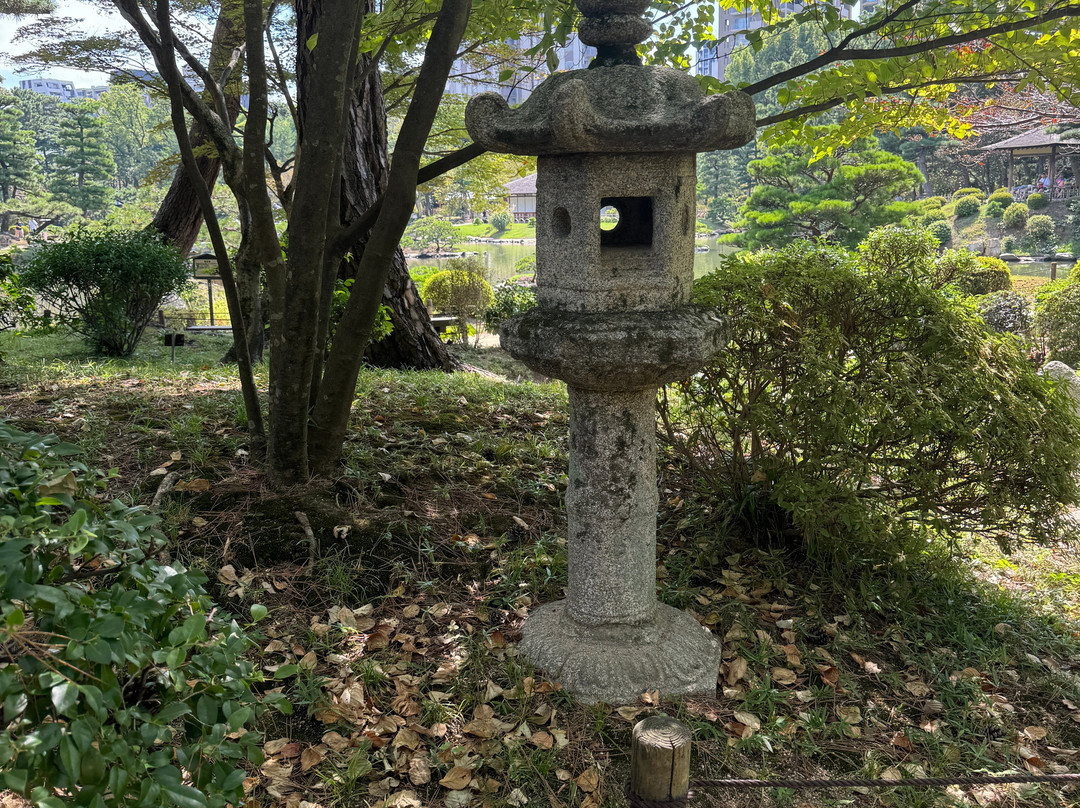
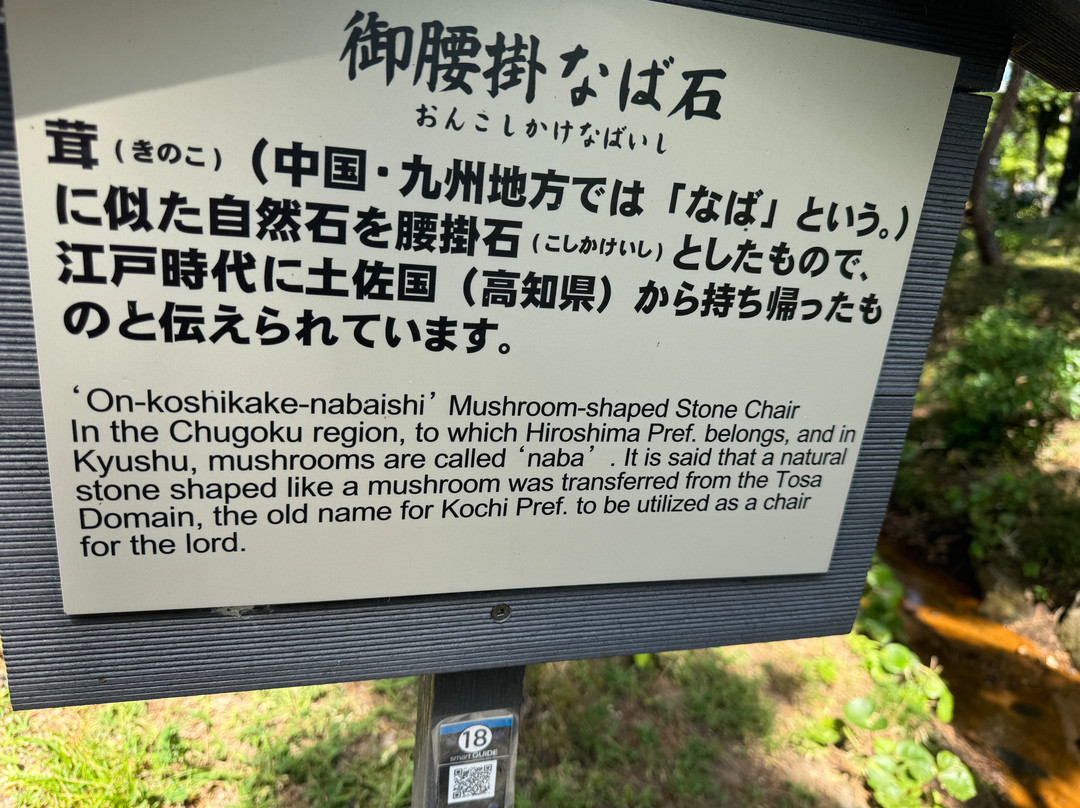
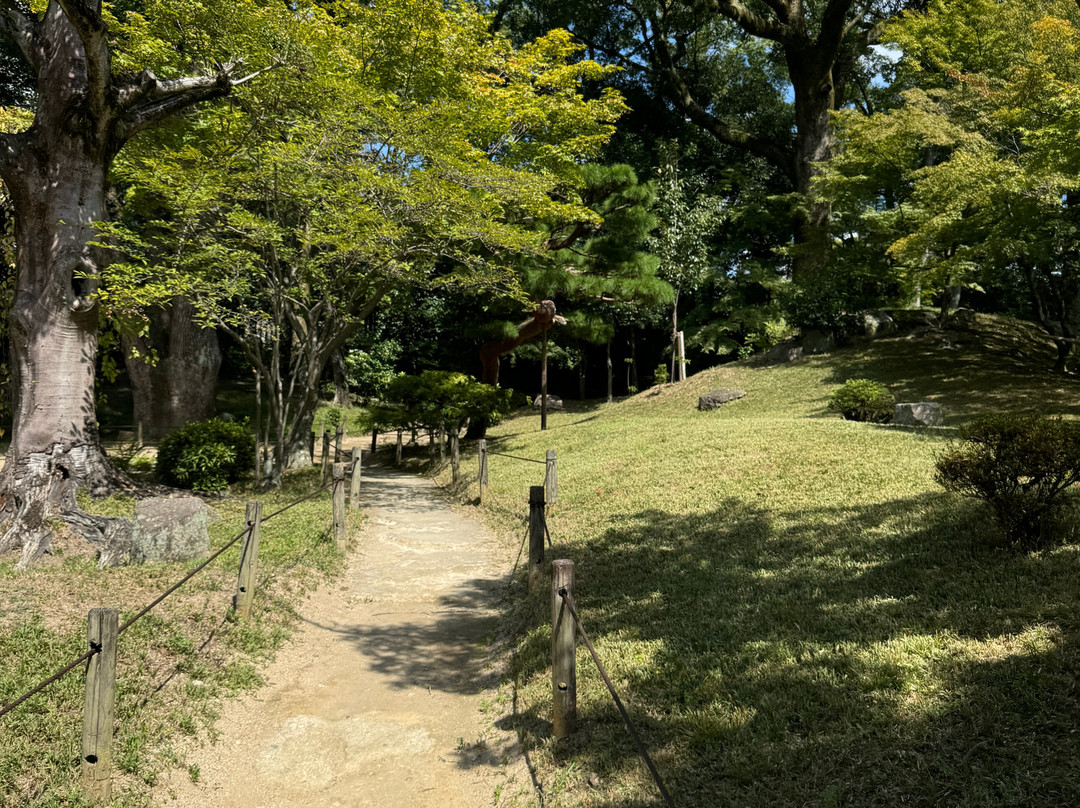

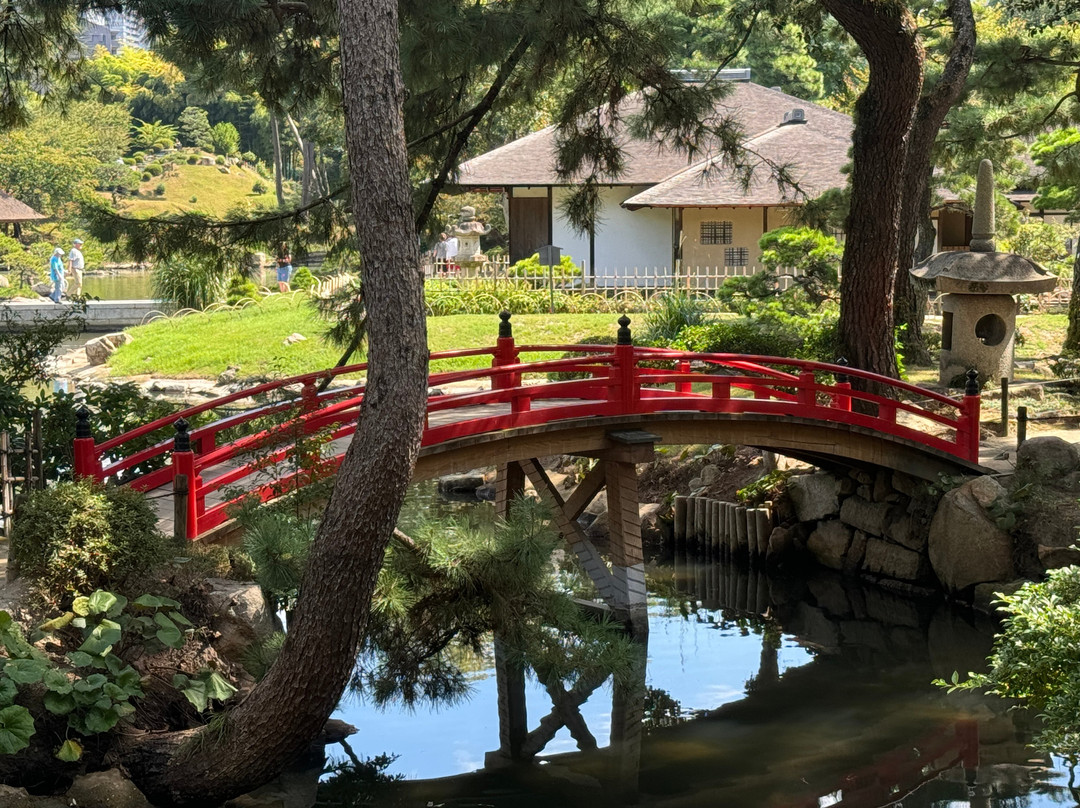
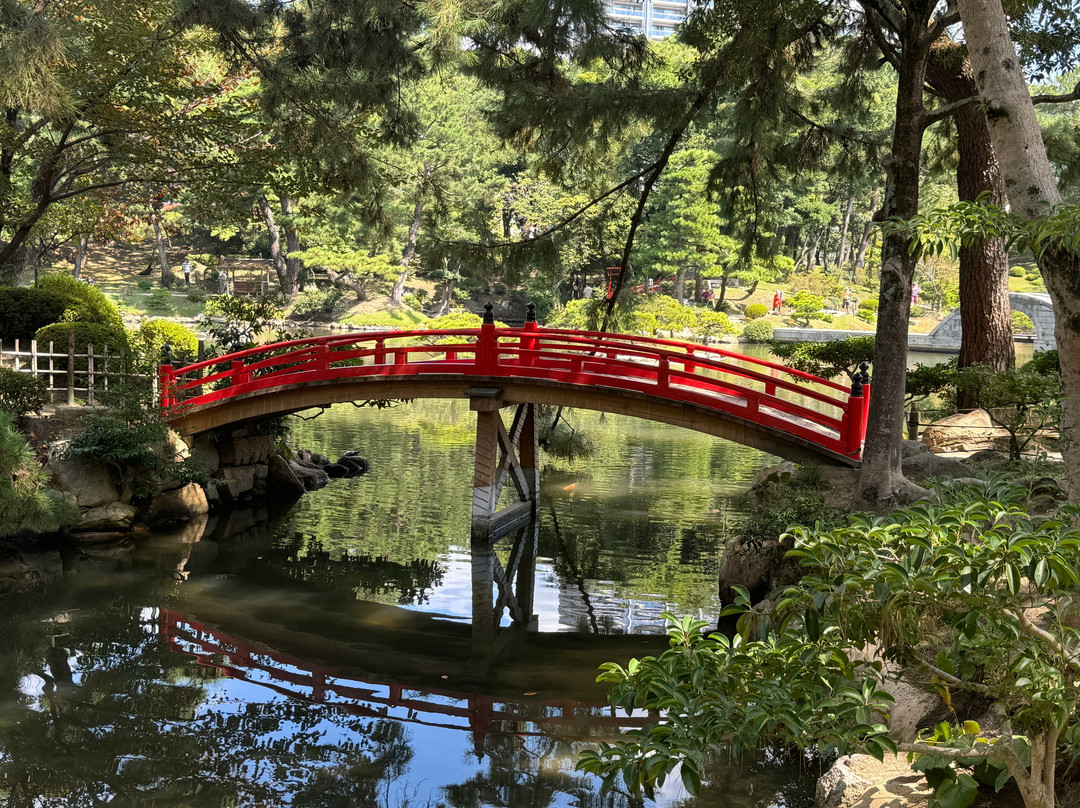
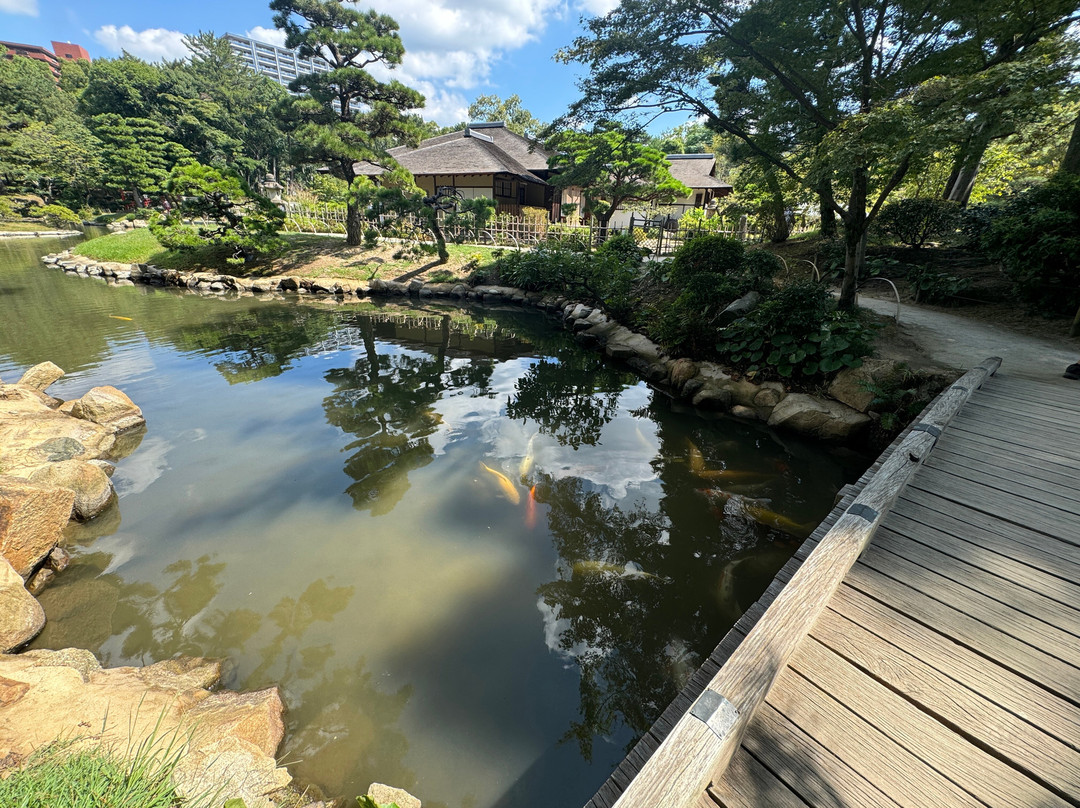
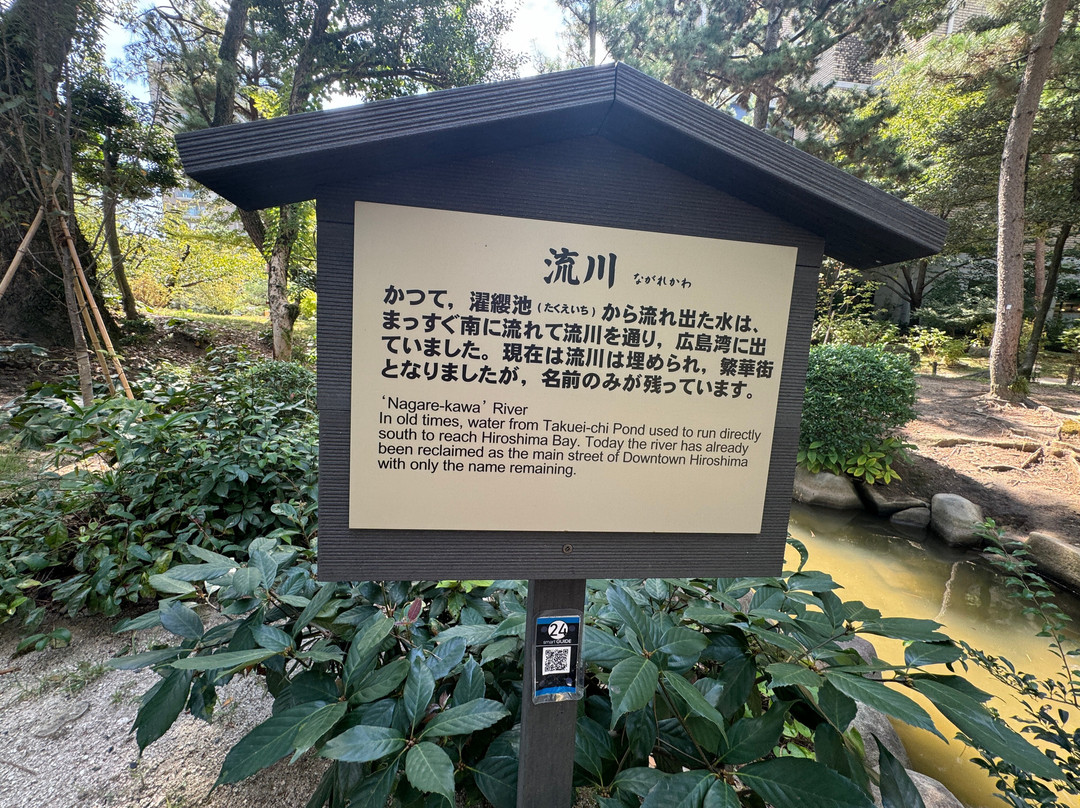
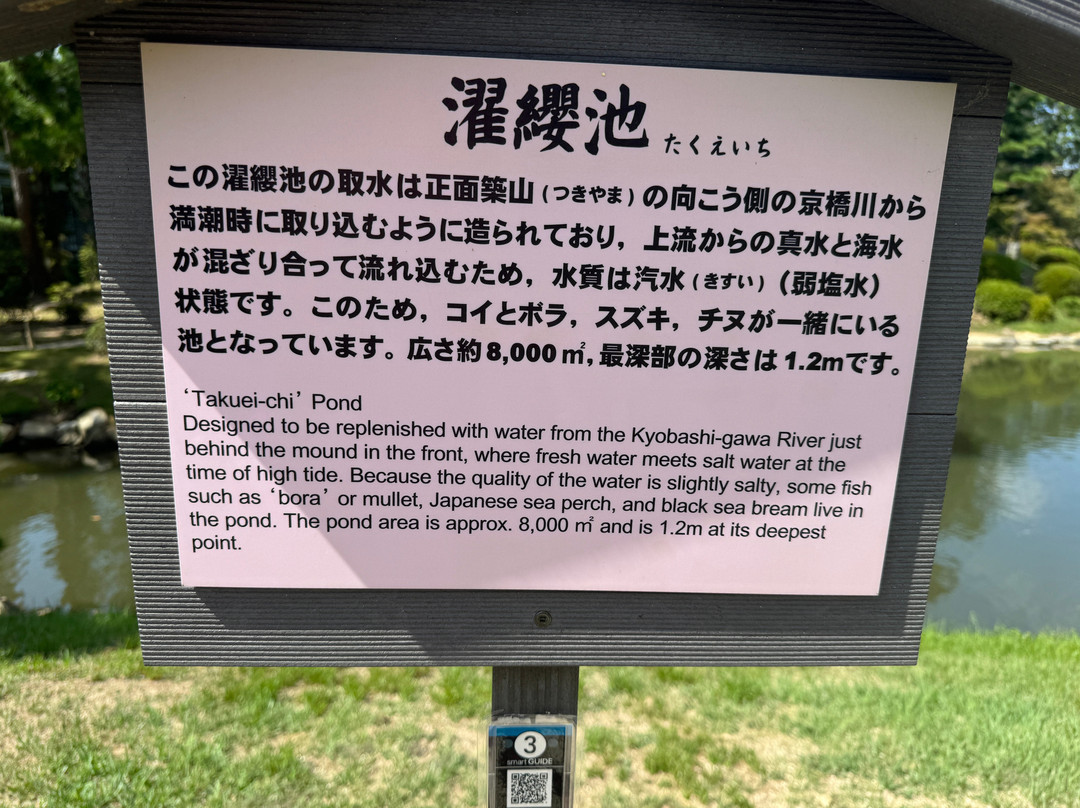
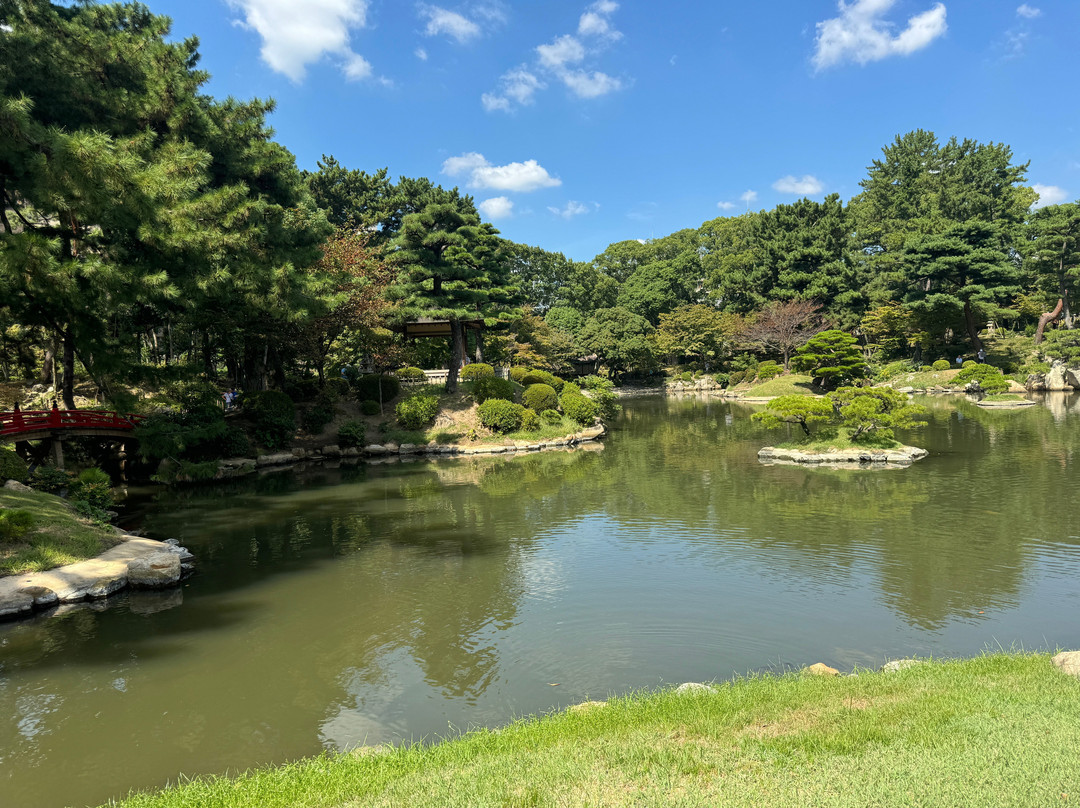
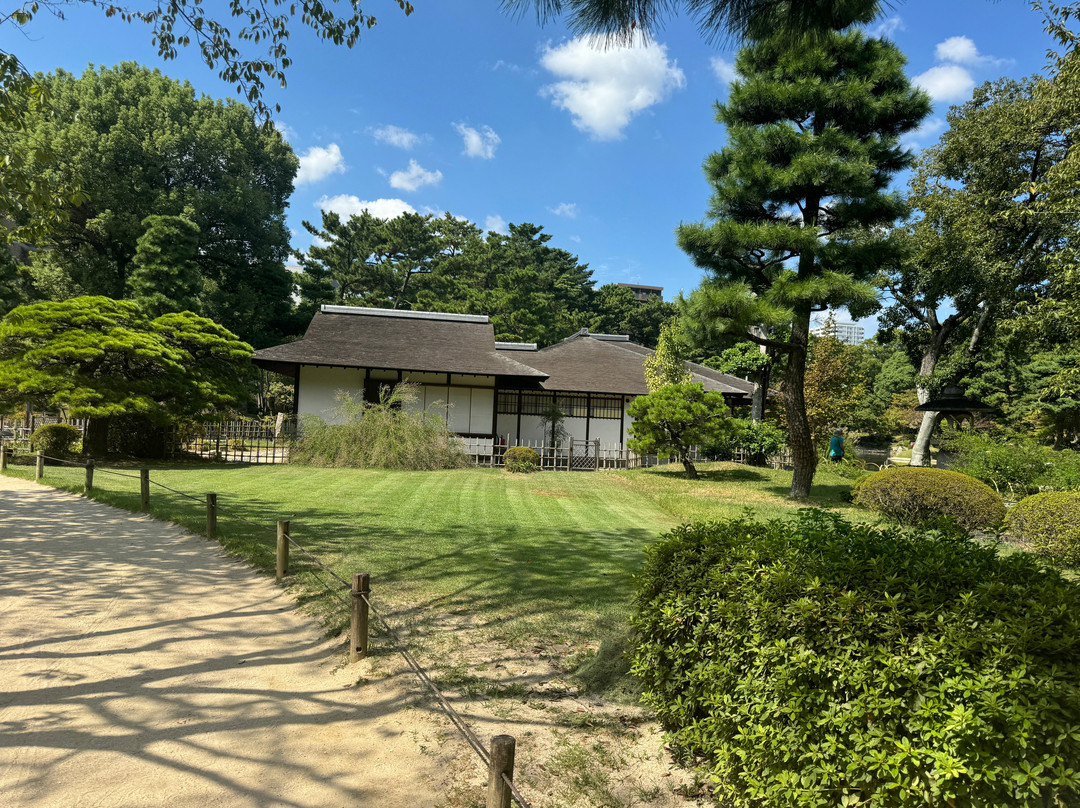
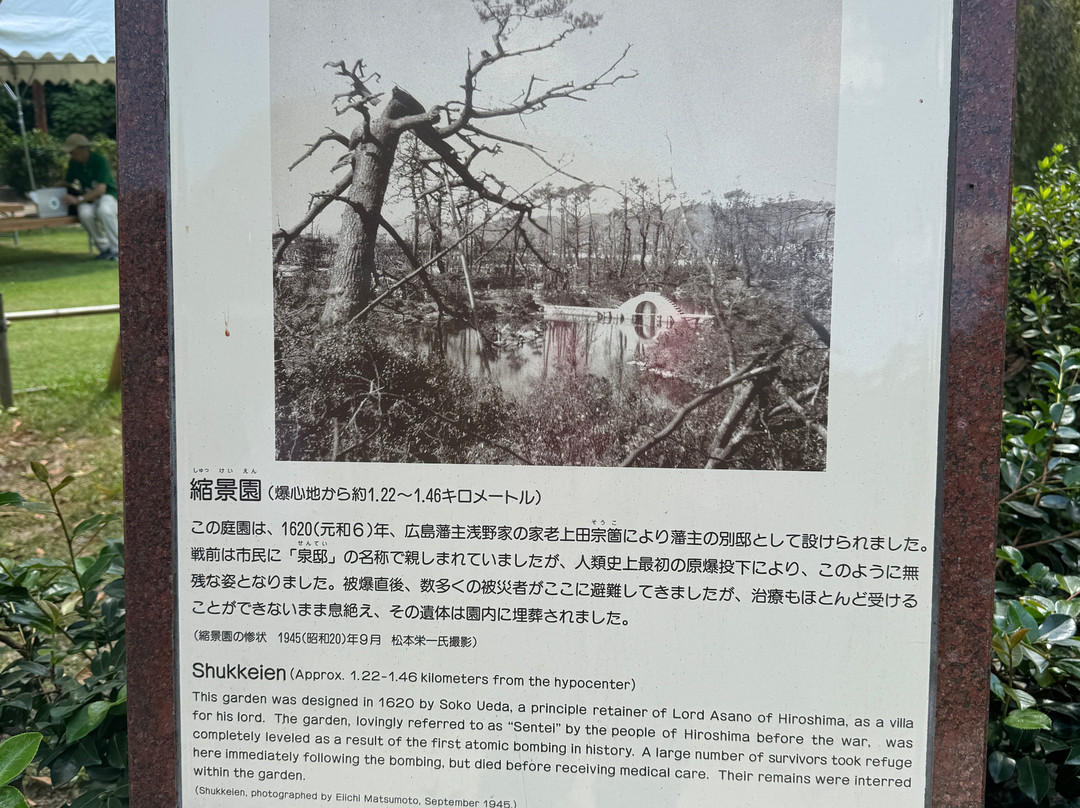
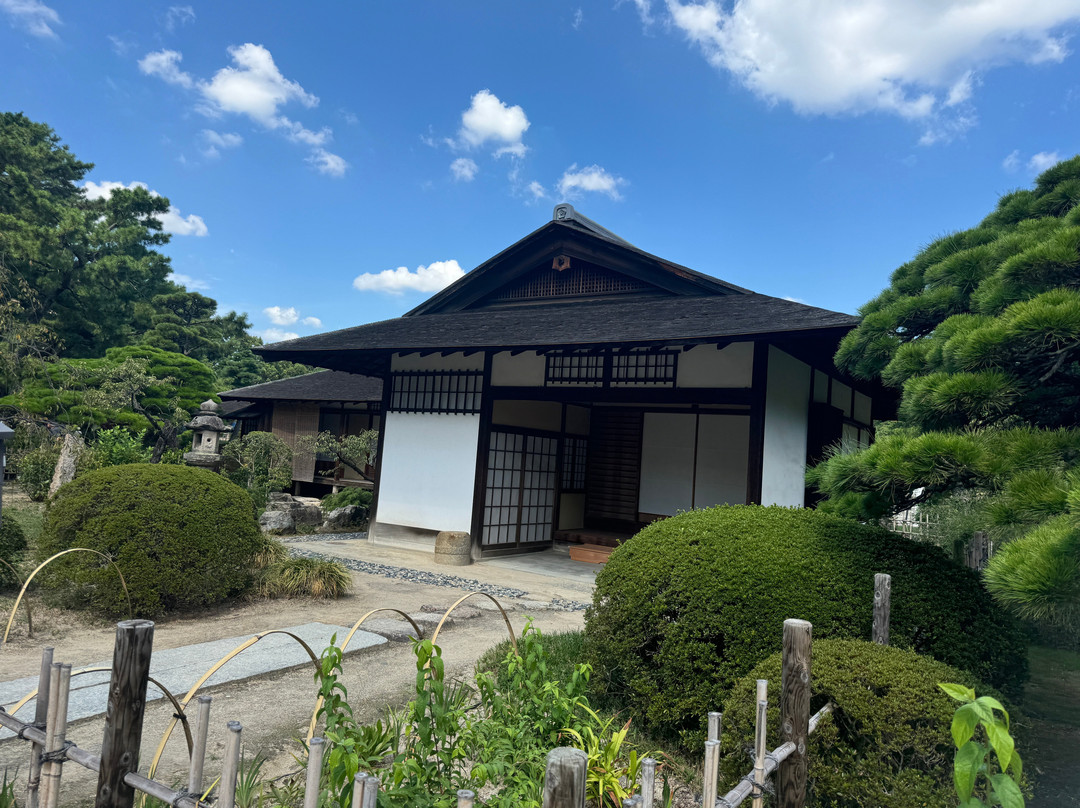
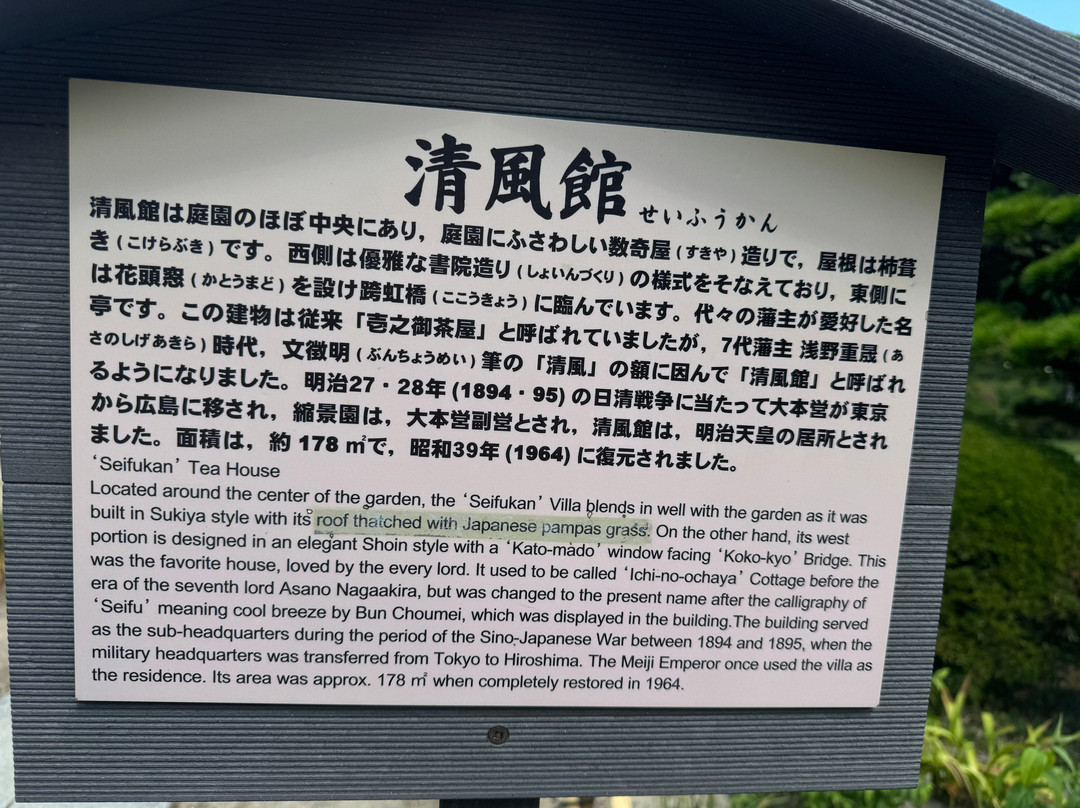
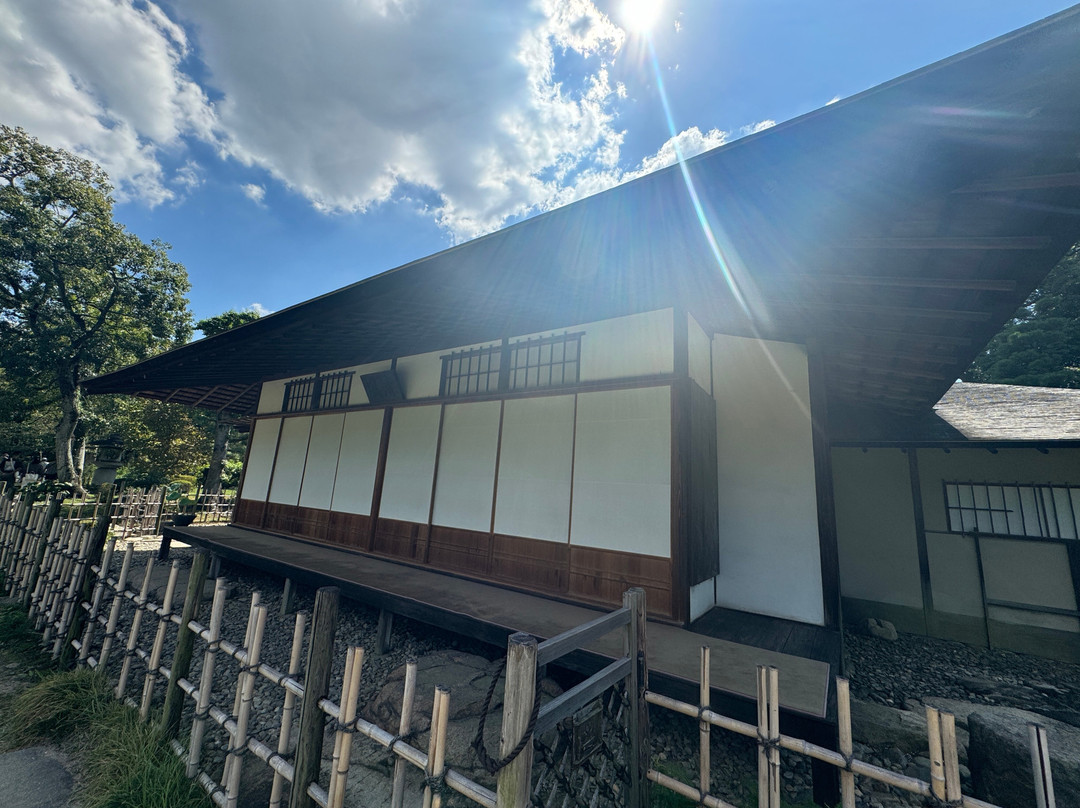
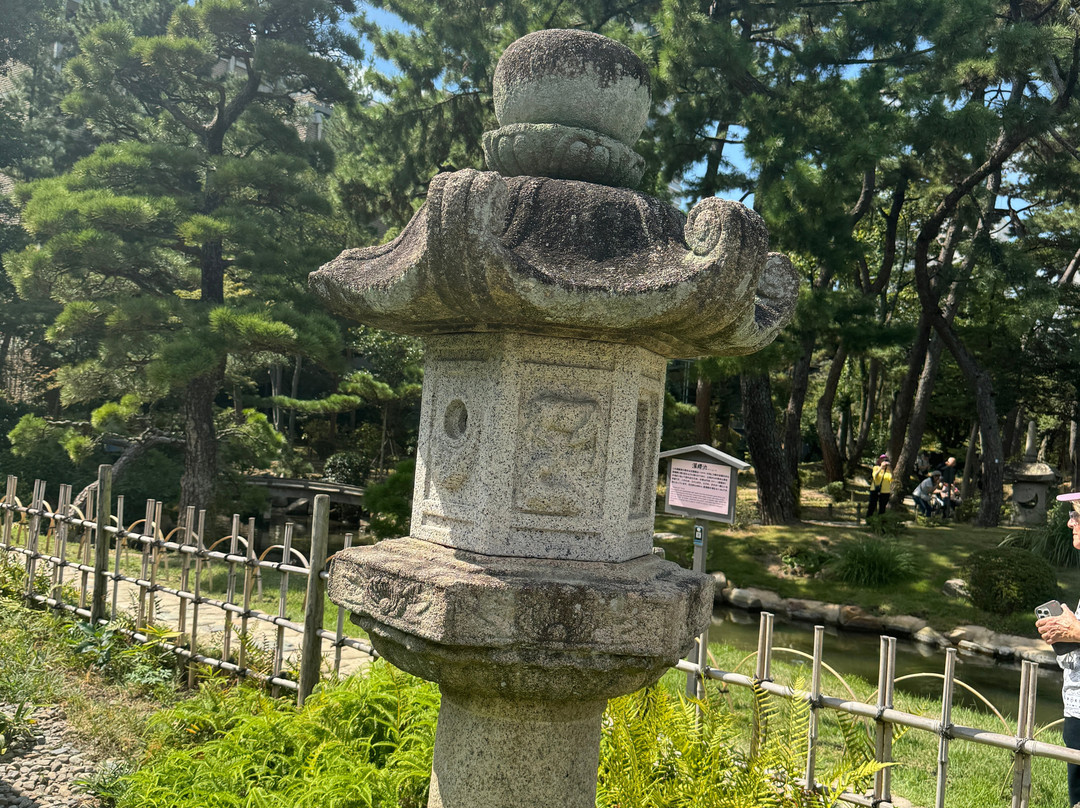
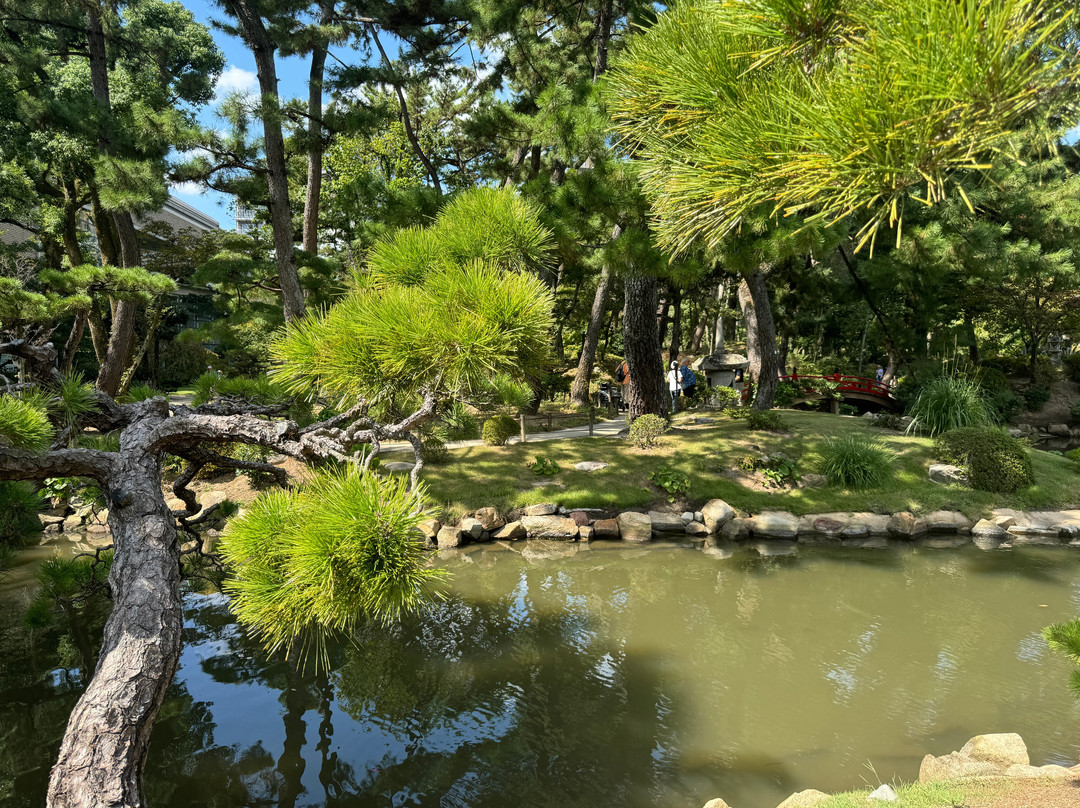

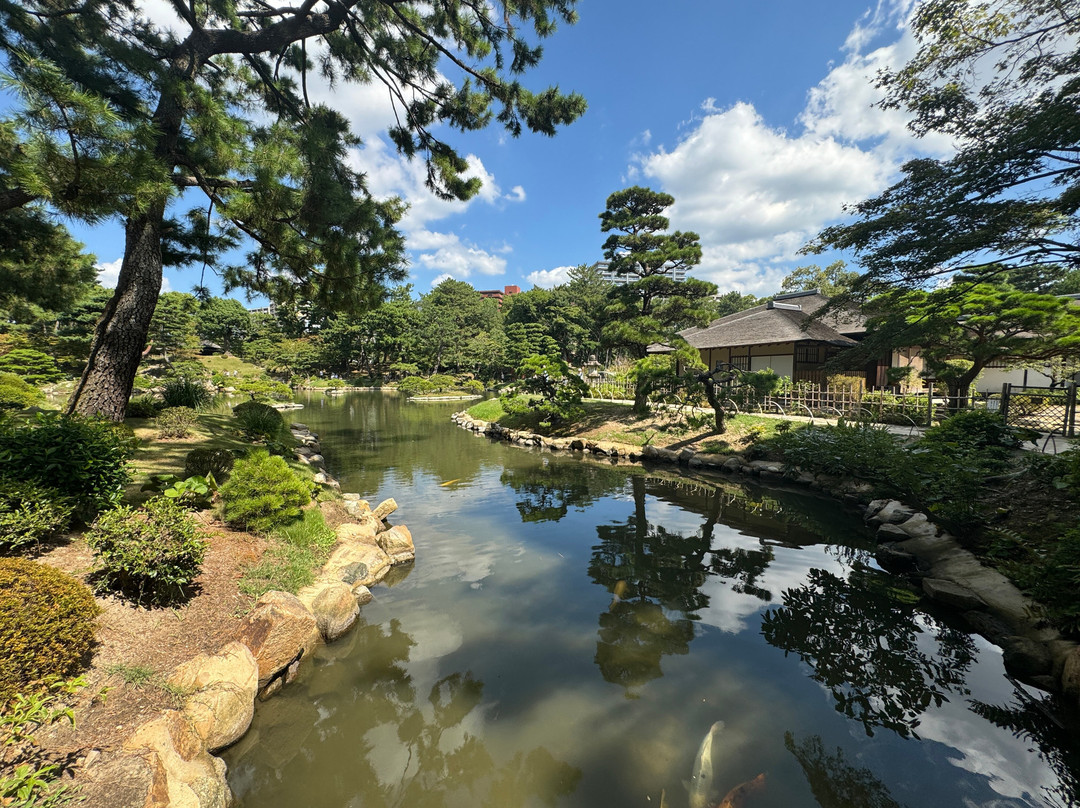
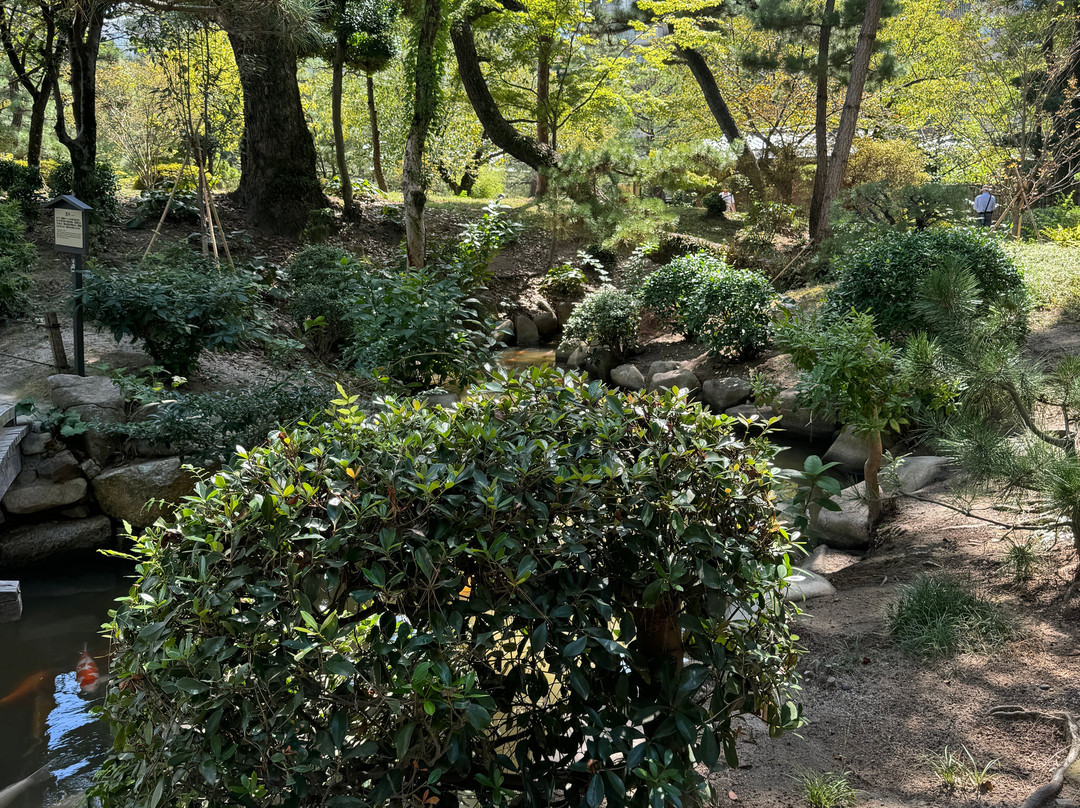
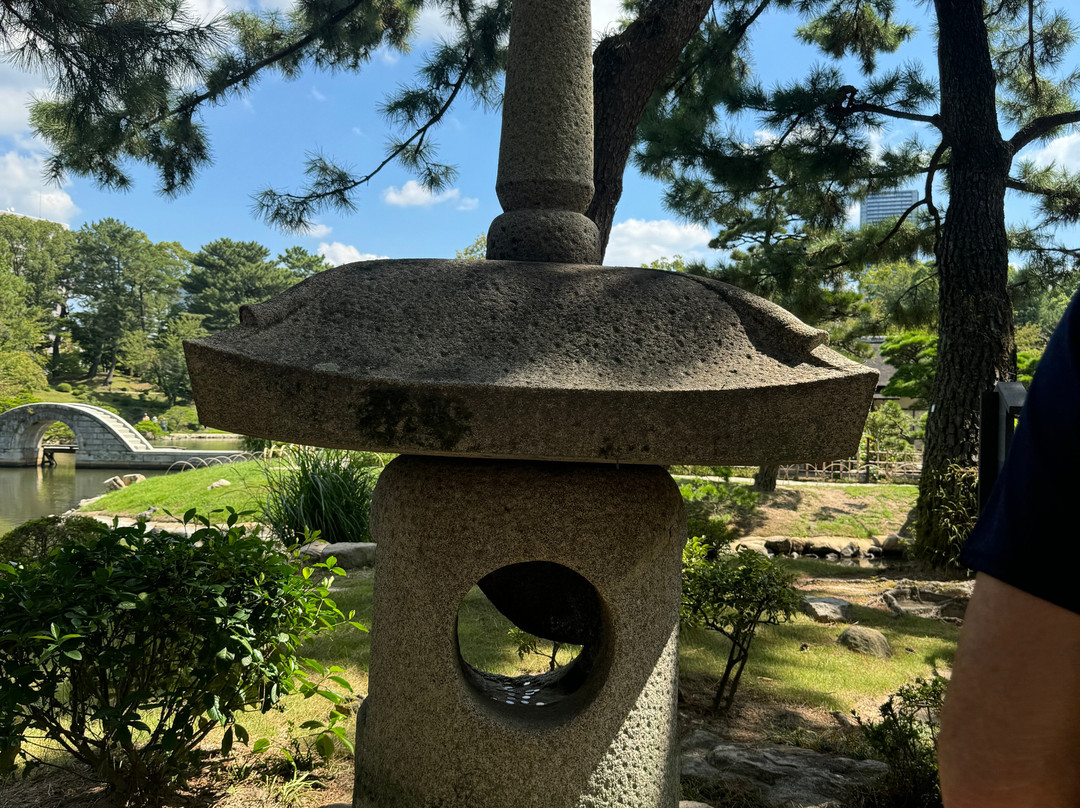

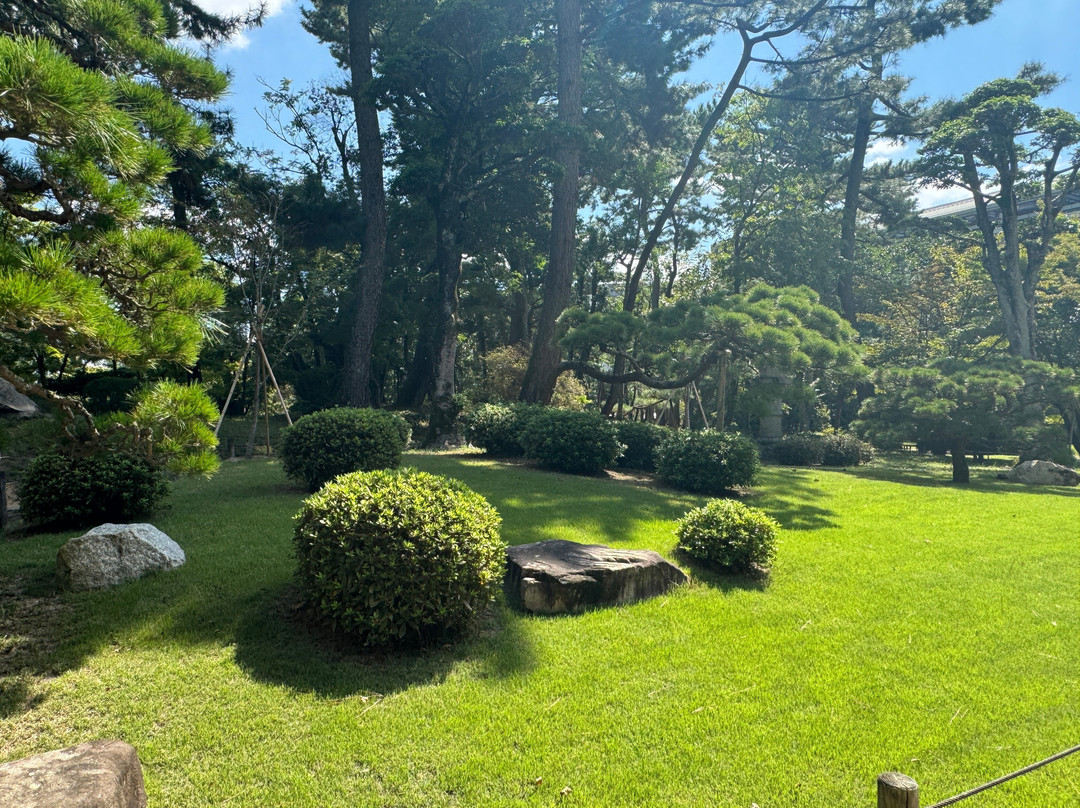
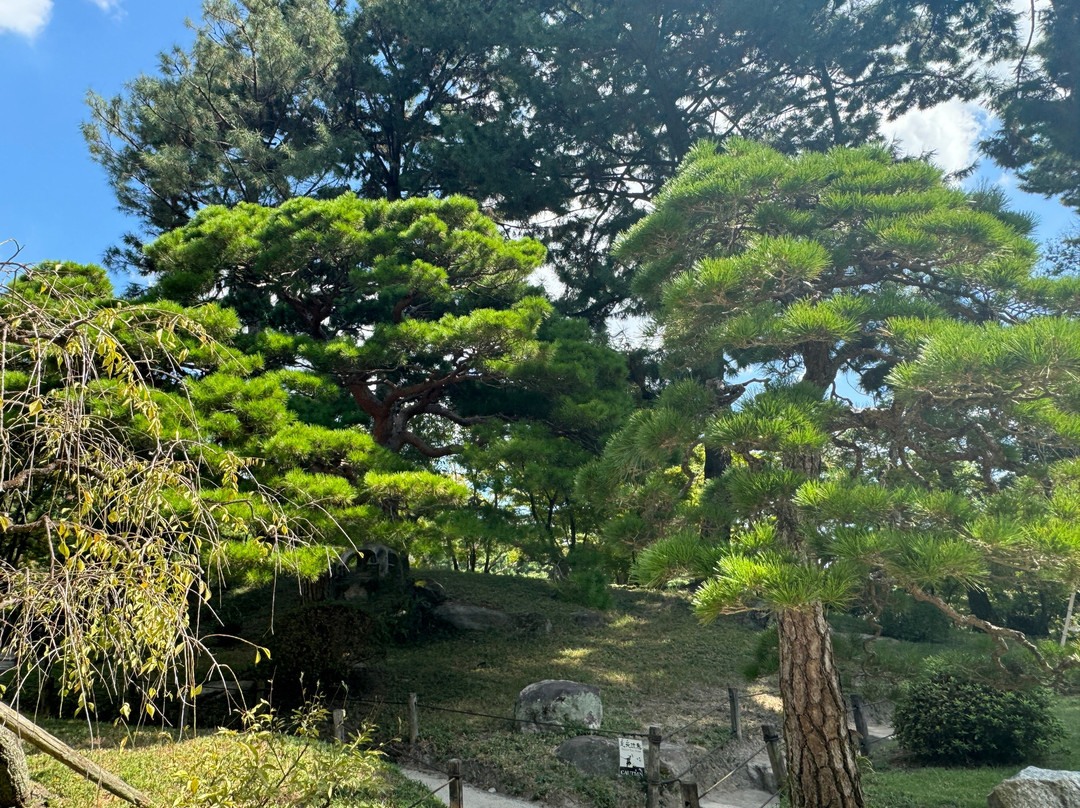
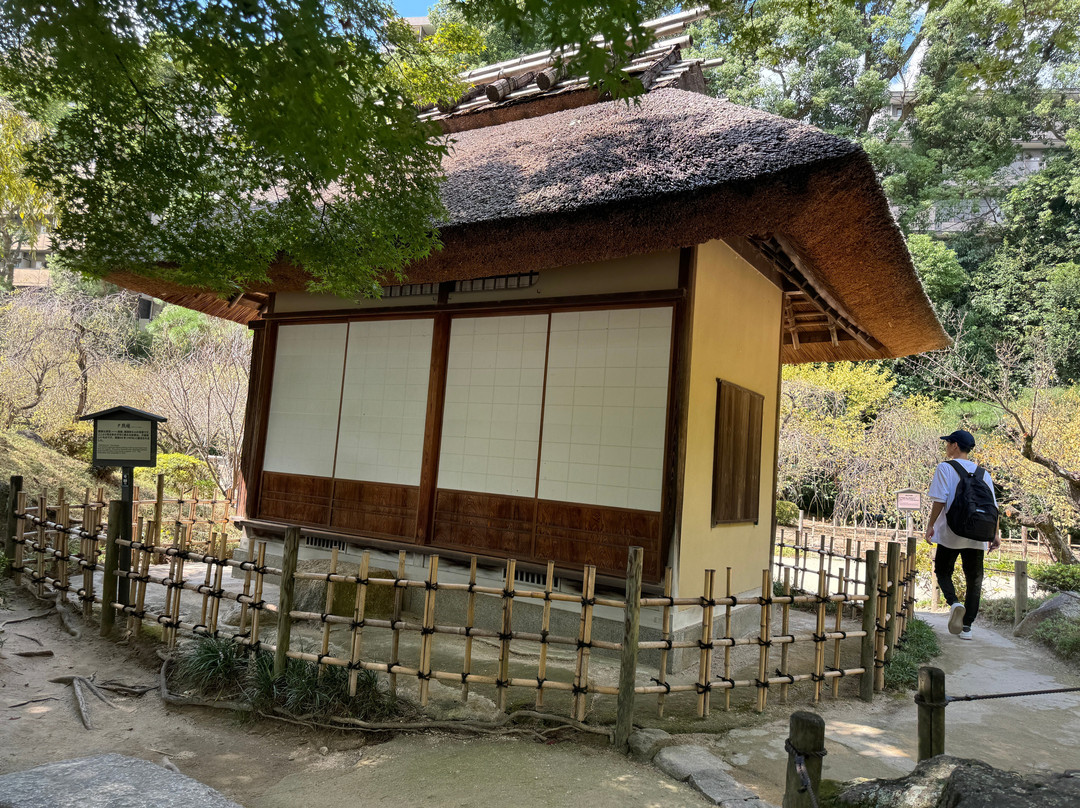
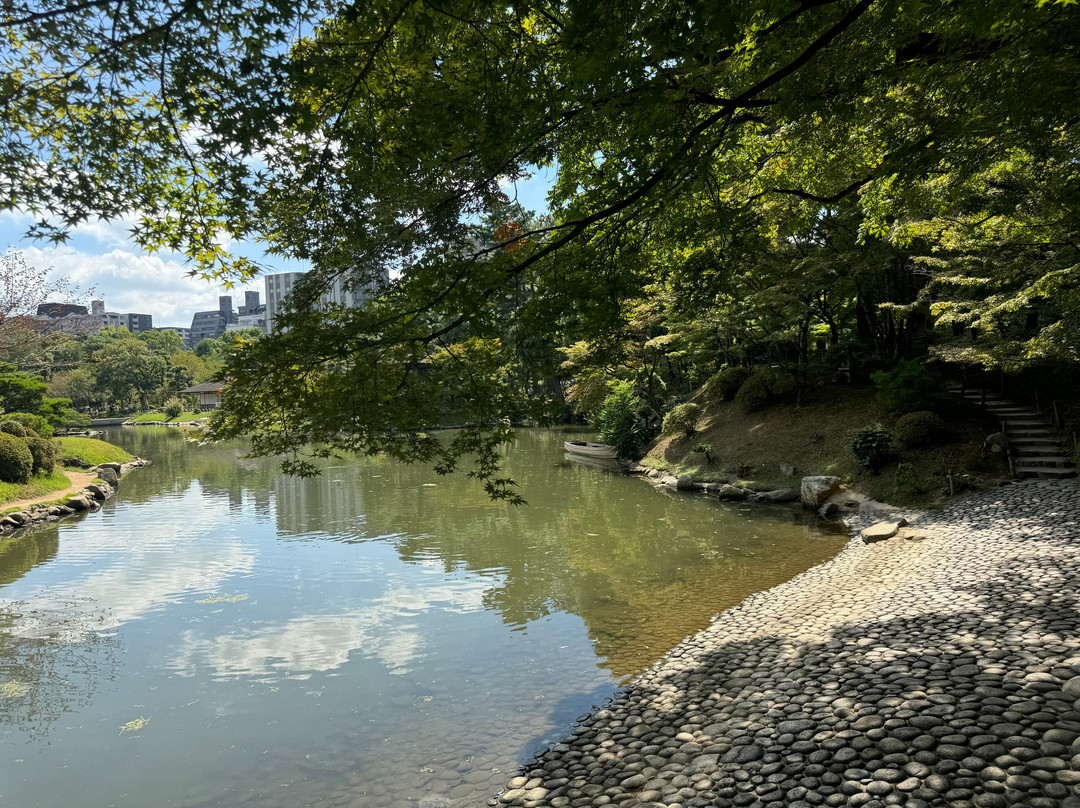
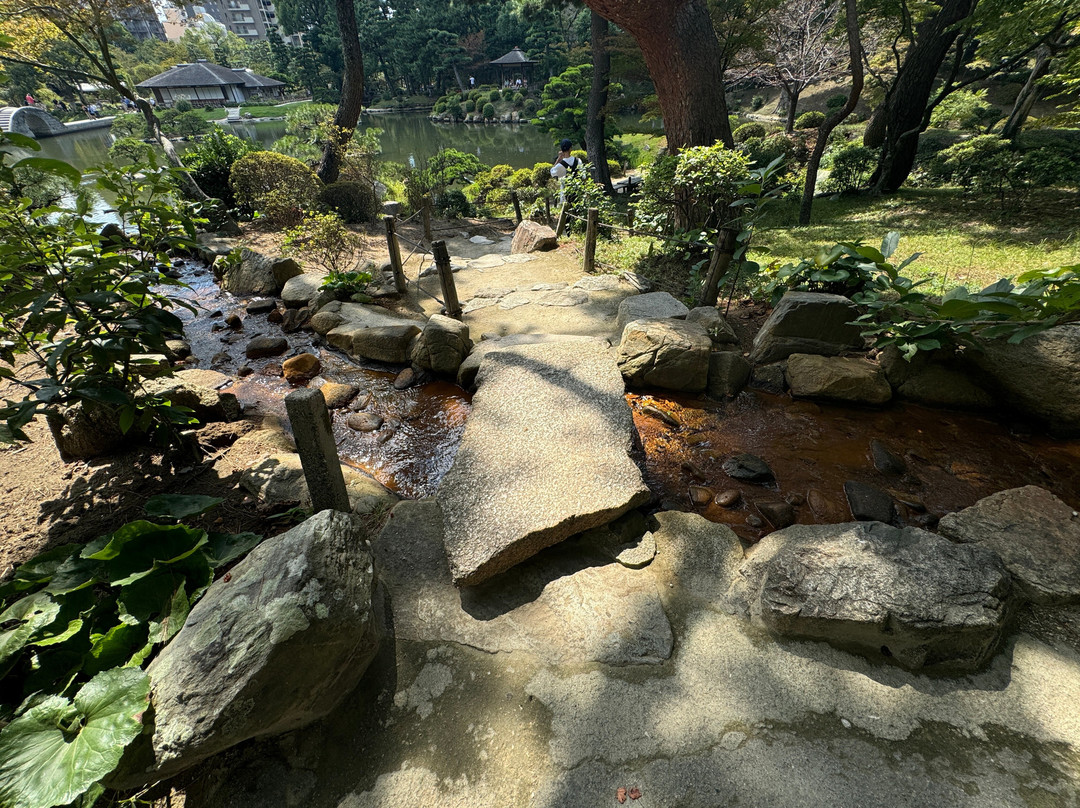
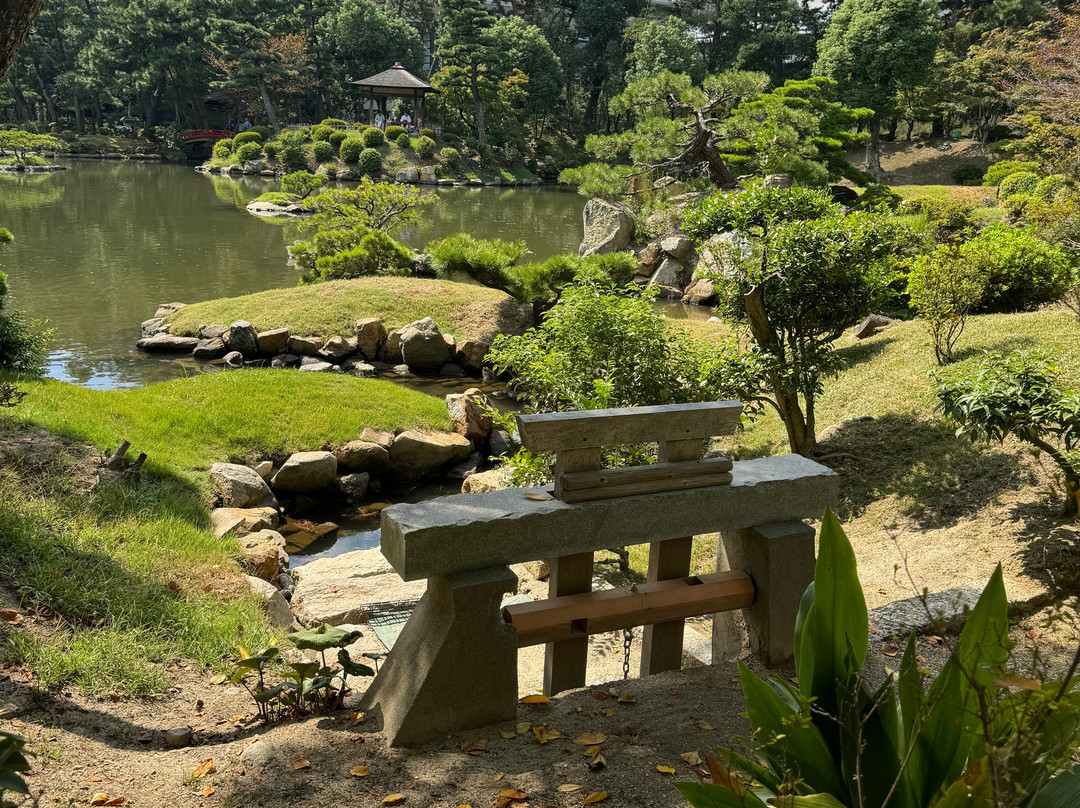
此点评仅代表旅行者个人的主观意见,并不代表TripAdvisor以及其合作方的意见。
关于我们
|
新闻动态
|
商务合作
|
会员中心
|
业主中心
|
业主通
|
常见问题
|
意见反馈
|
联系我们
|
营业执照
© 2025 Tripadvisor 版权所有。
使用条款 |隐私政策 |网站工作原理
部分照片由 VFM Leonardo 提供。
* Tripadvisor不是旅行社,也不是旅游预订服务代理商。我们提供免费、客观、公正的旅游资讯服务。 (显示更多)
TripAdvisor LLC 既不是预订代理商,也不是旅游运营商,不会向网站用户收取任何服务费。 按照规定,在 Tripadvisor 发布机票价格、游览和旅行套餐的合作伙伴(航空公司、旅行提供商及预订代理商),其标价须包含所有费用和附加费用。 例如, 机场出入境税费、消费税与其他服务费、手续费、杂费及附加费用。 当您向我们的某个合作伙伴进行预订时,请务必查阅他们的网站以了解当地行政部门要求的所有适用费用的具体情况。 除非另有说明,机票价格通常指的是一个人的价格(以人民币计)。
为方便起见,TripAdvisor LLC 根据从我们的预订合作伙伴获取的空房率计算每个酒店的均价。 对于游览和景点来说,所显示价格通常是每位成人的最低可用价格。 对于列出的任何旅行套餐或优惠,TripAdvisor LLC 无法保证任何特定的费率或价格。 此外,酒店均价每晚会更新,并以您的首选币种表示(使用现行汇率)。 由于这些已换算的价格是预估价格,因此,有关具体金额和币种请与预订网站进行核实。
此外,TripAdvisor LLC 无法保证我们网站上宣传的价格随时有效。 标价可能需要预订一定天数才能生效,或有不可用日期、使用条件或限制。
TripAdvisor公司对外部网站的内容一概不负责。优惠价格中不含税和其他费用。
ICP证:沪B2-20200433
沪ICP备20013175号
 沪公网安备31010502005427号
沪公网安备31010502005427号鹰程信息技术(上海)有限公司
货币/国家及地区
¥CNY
中国
